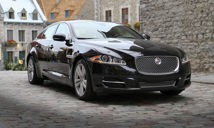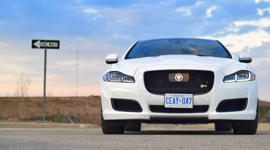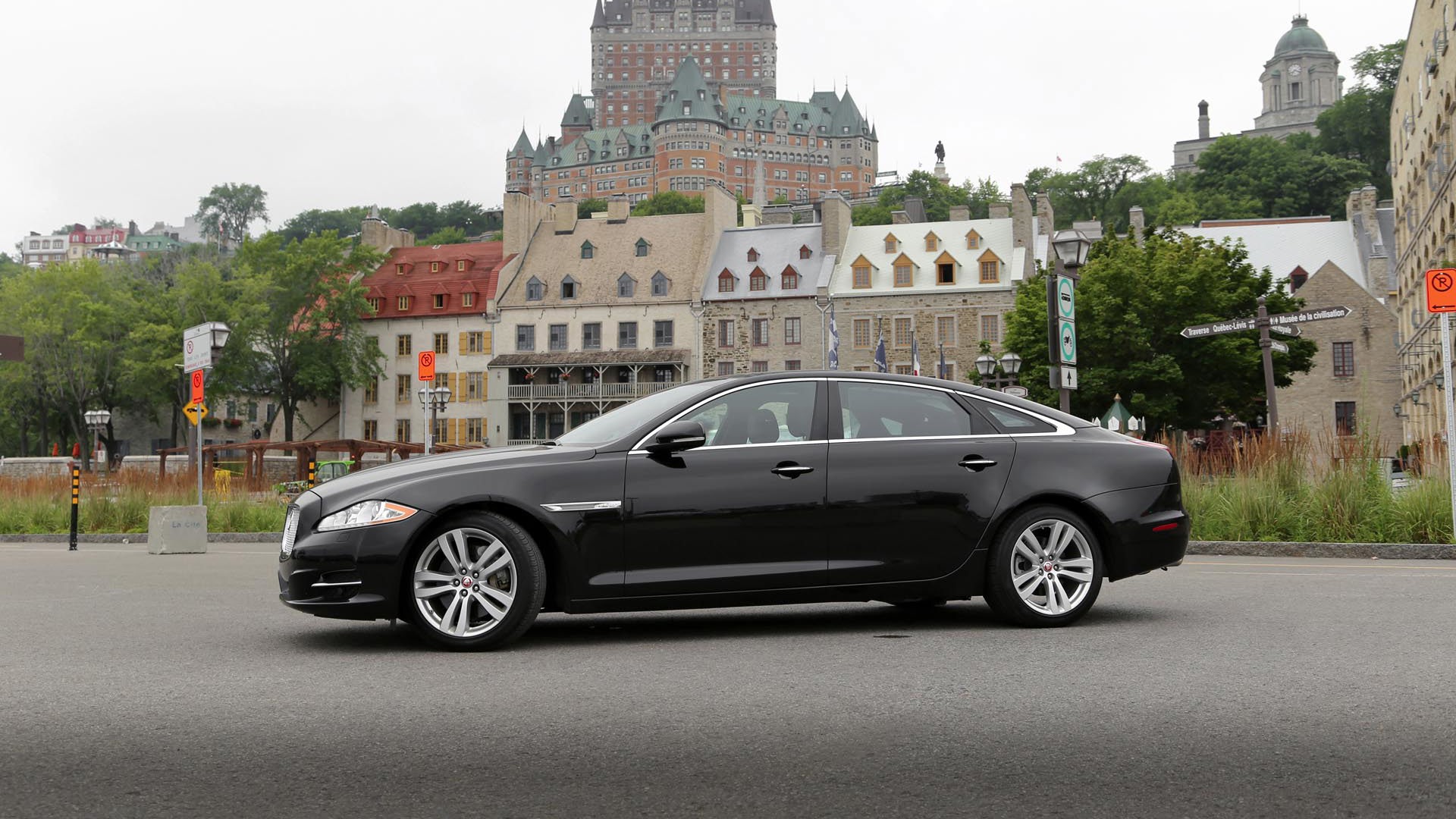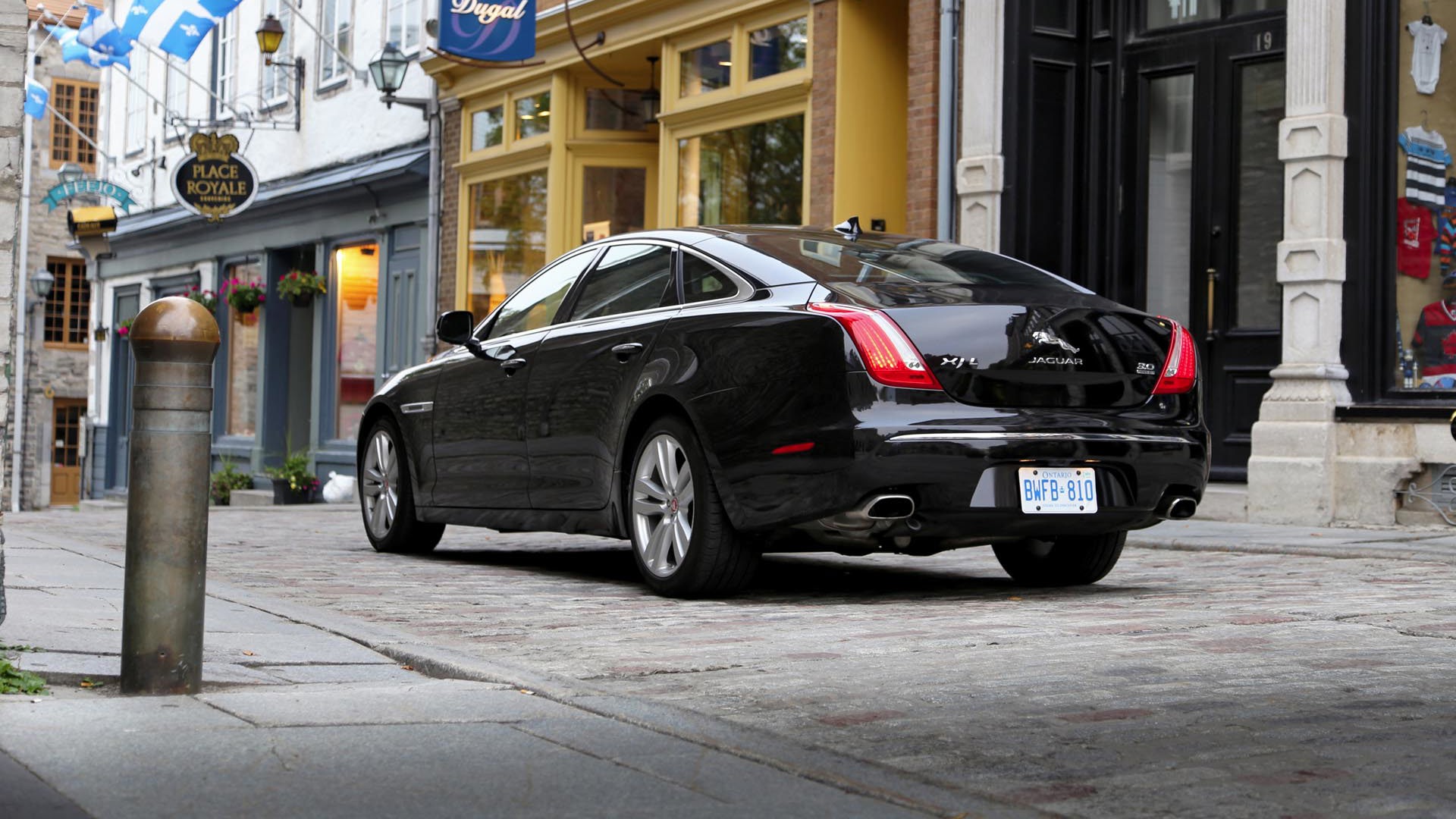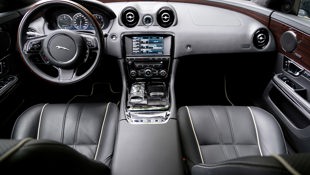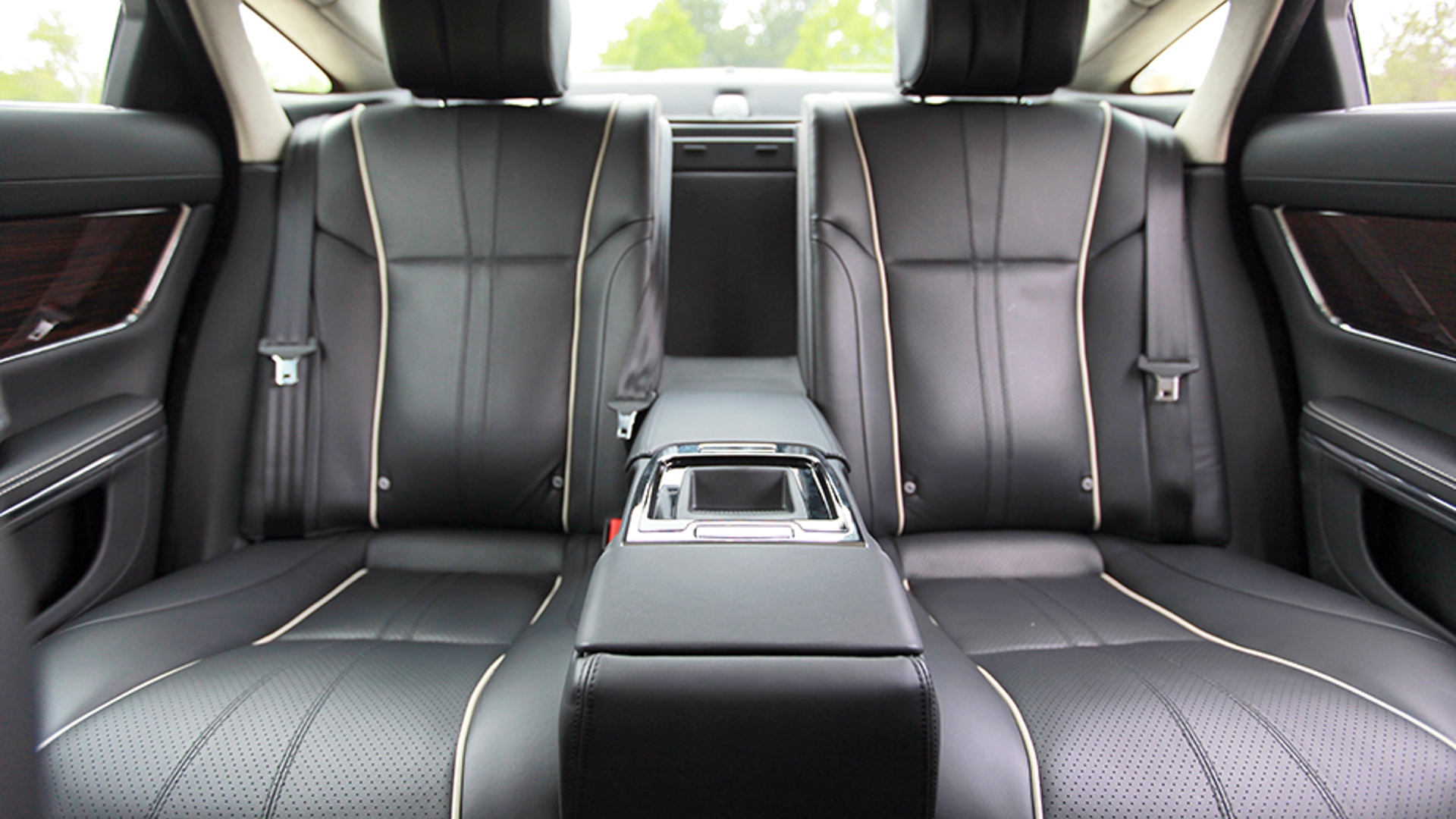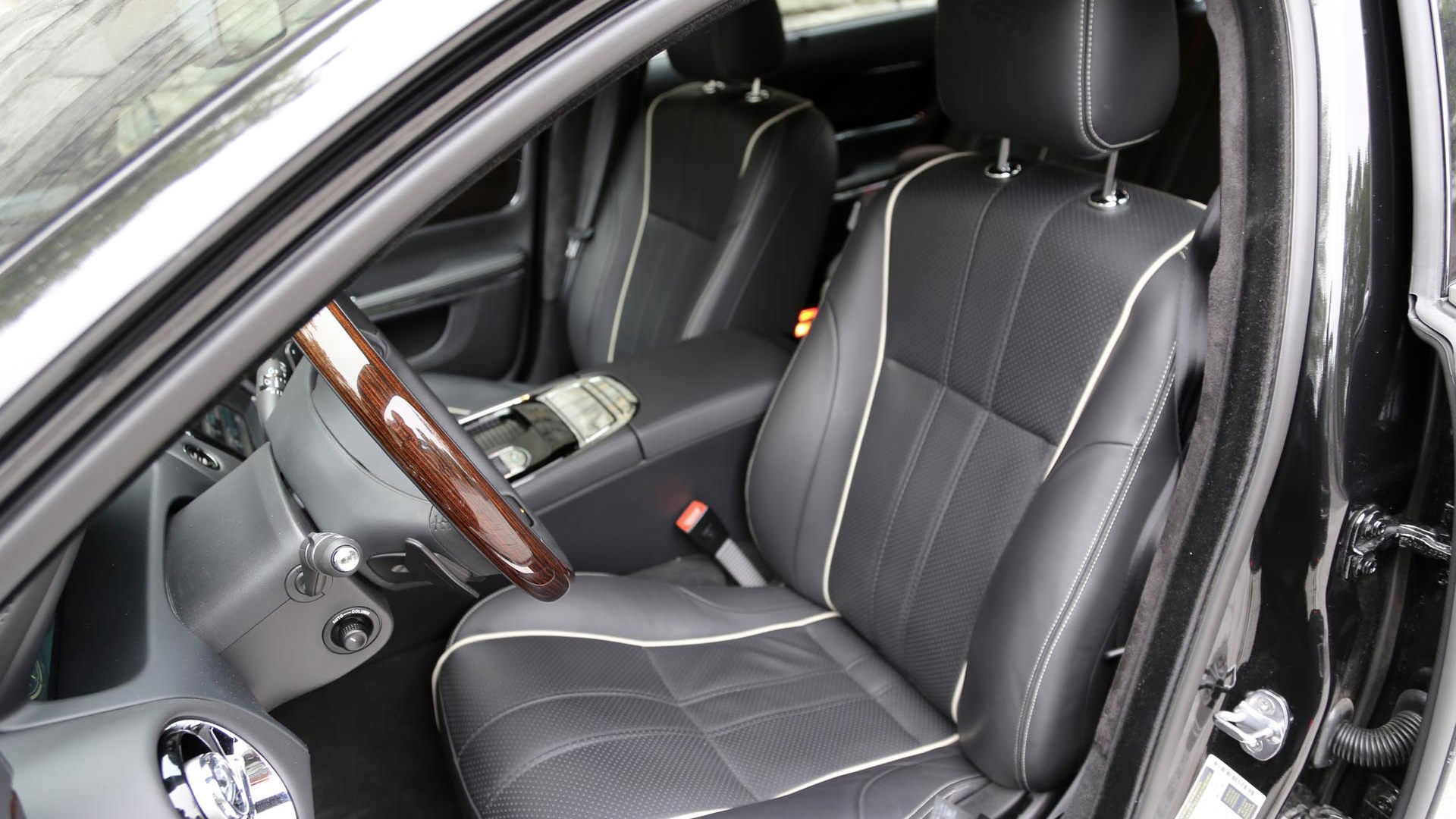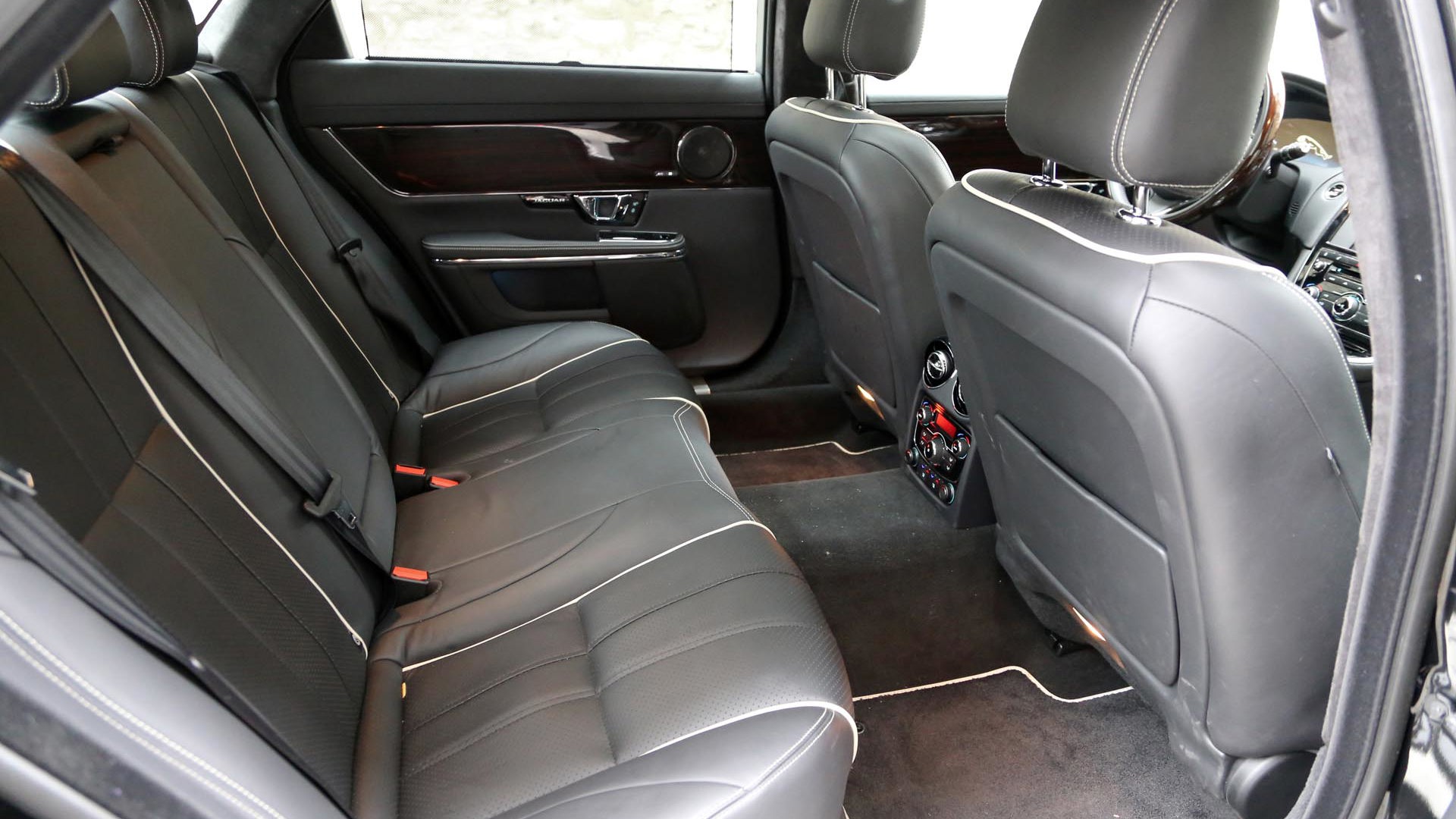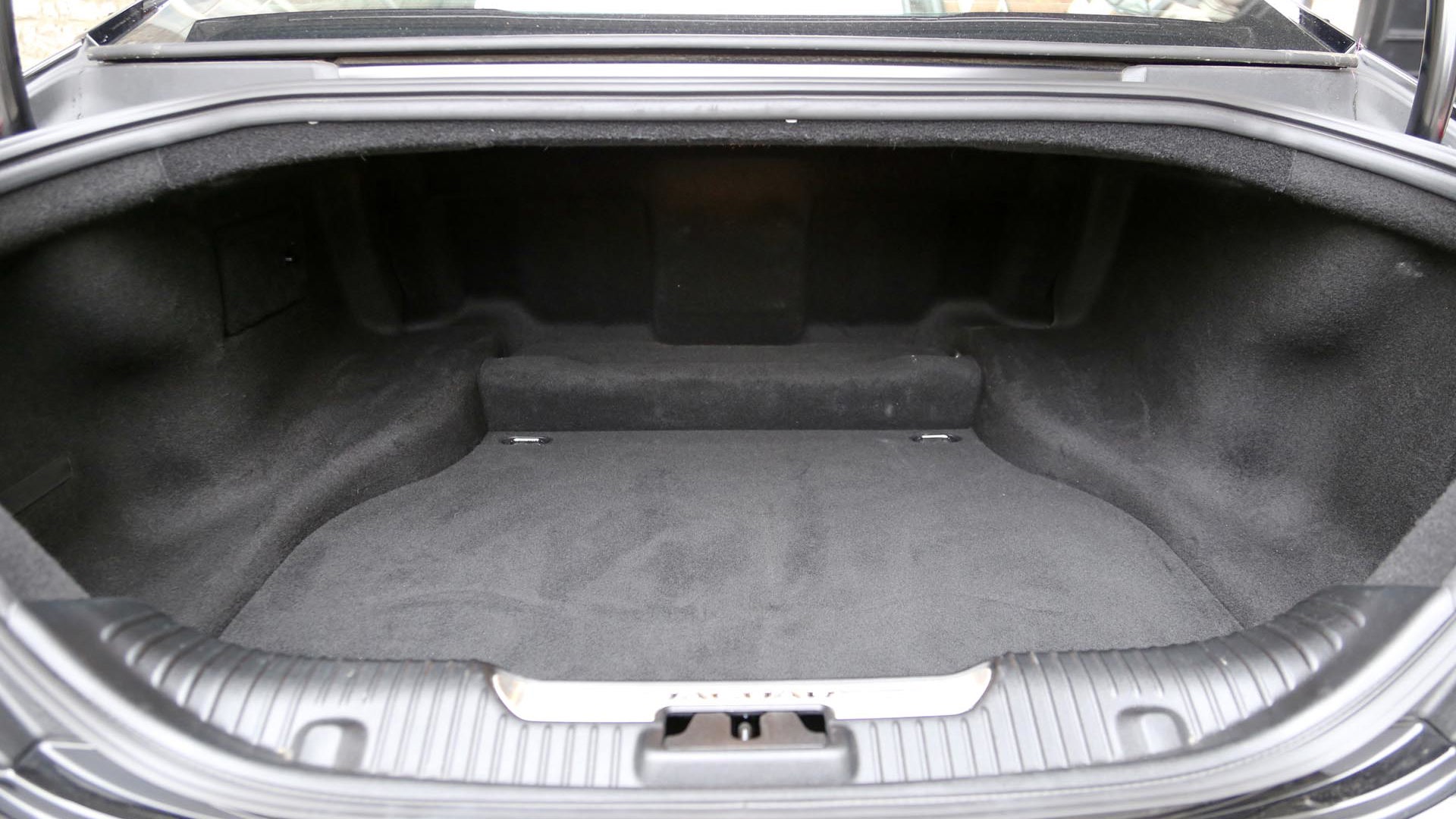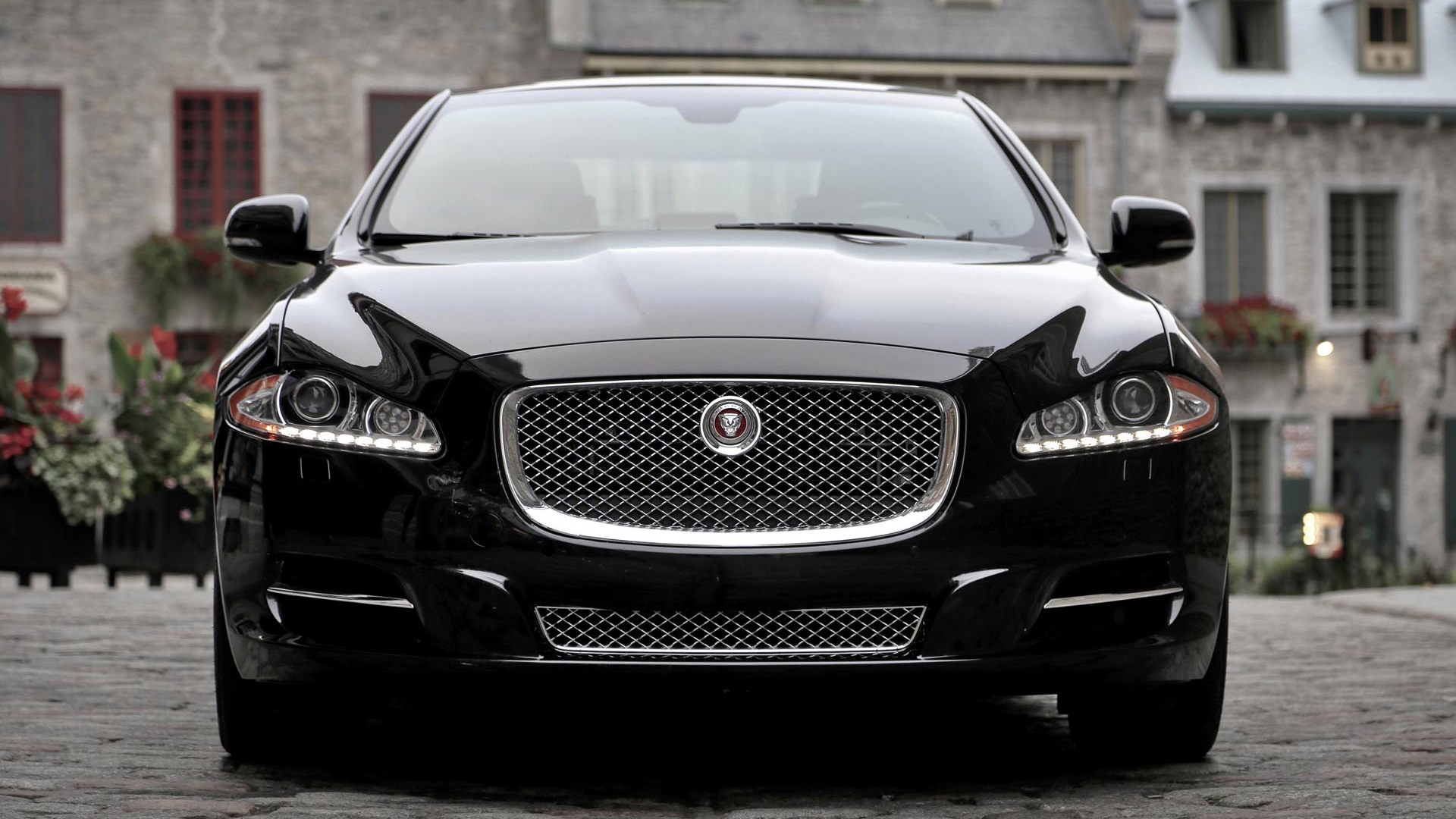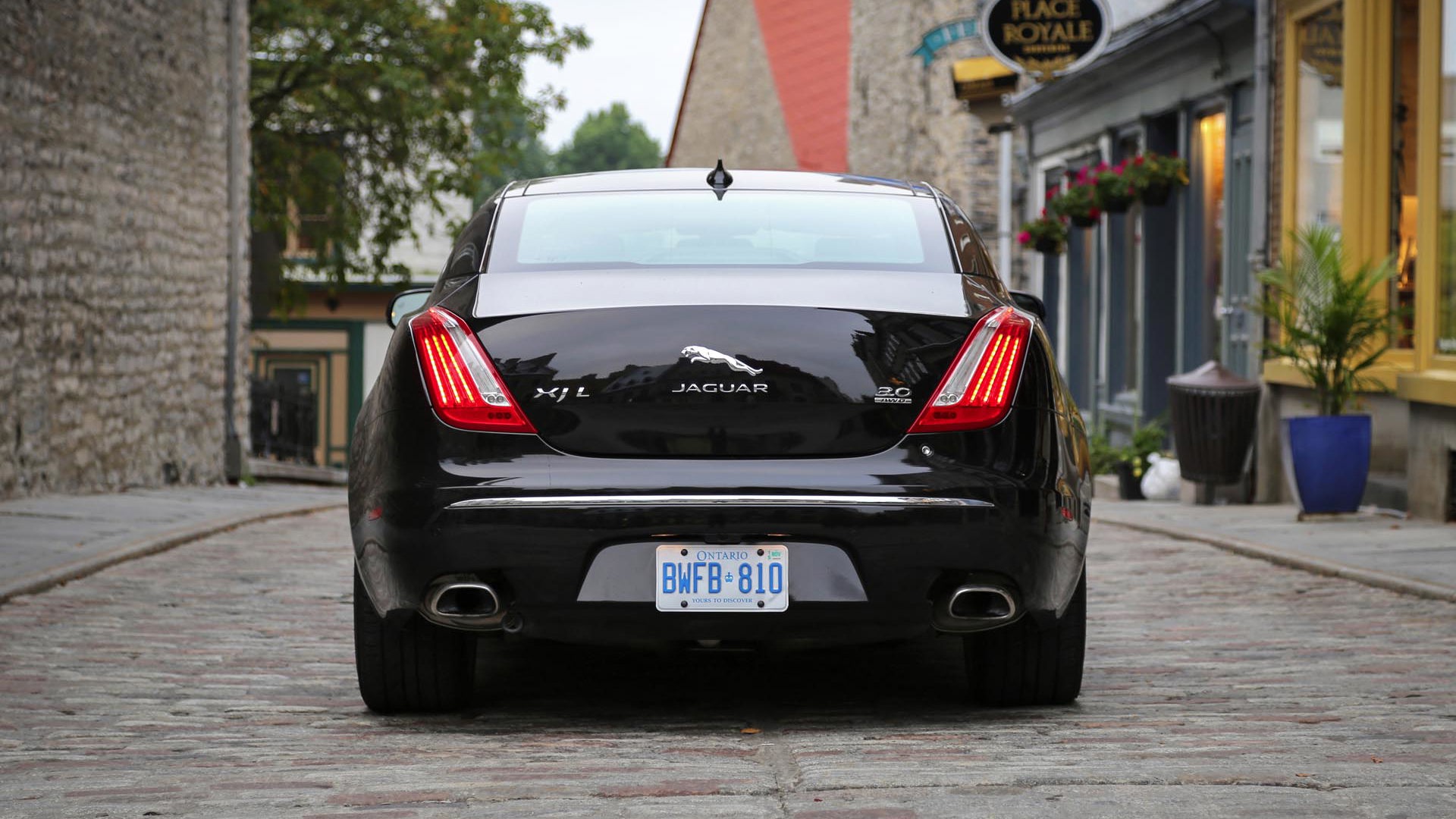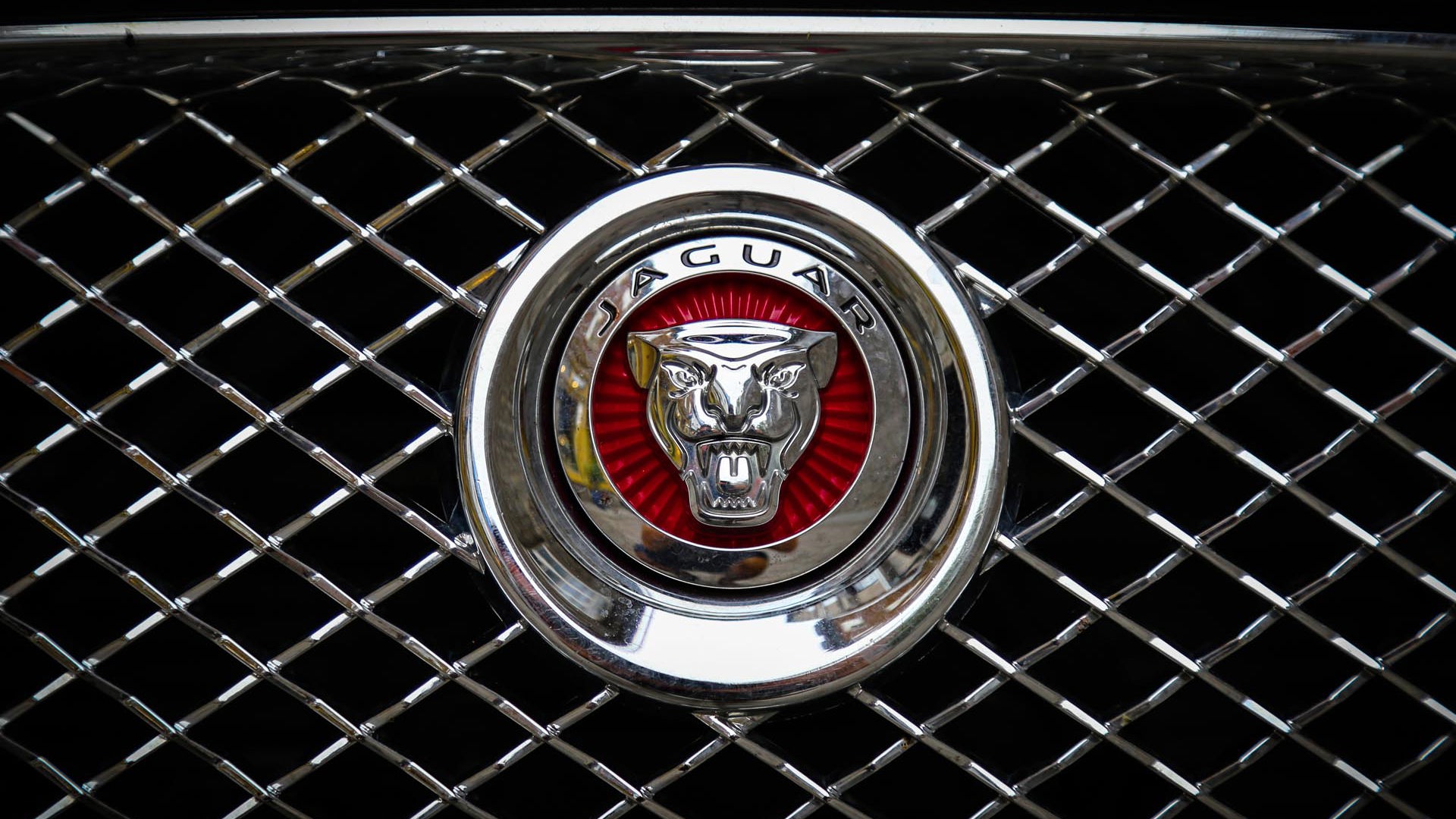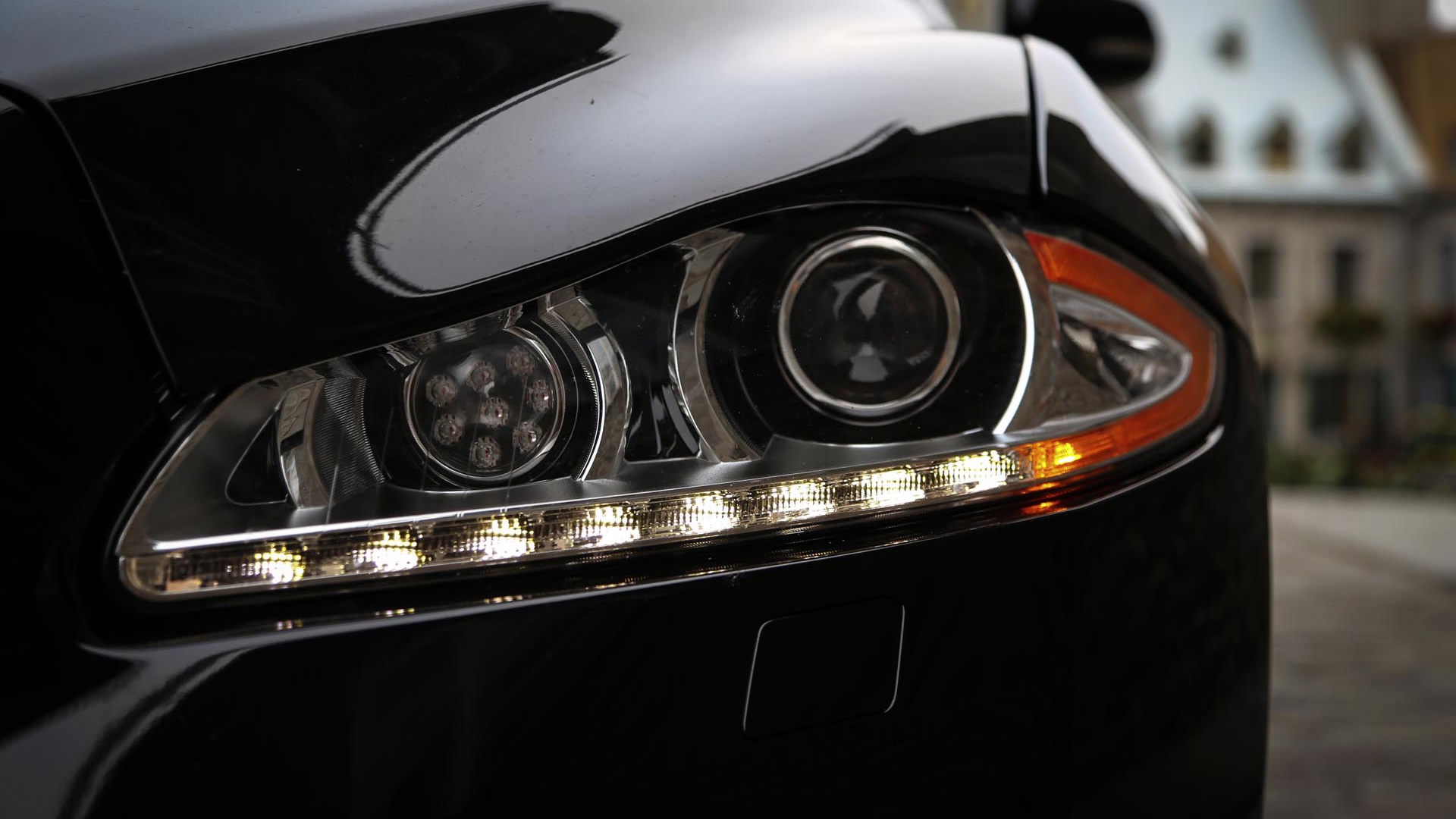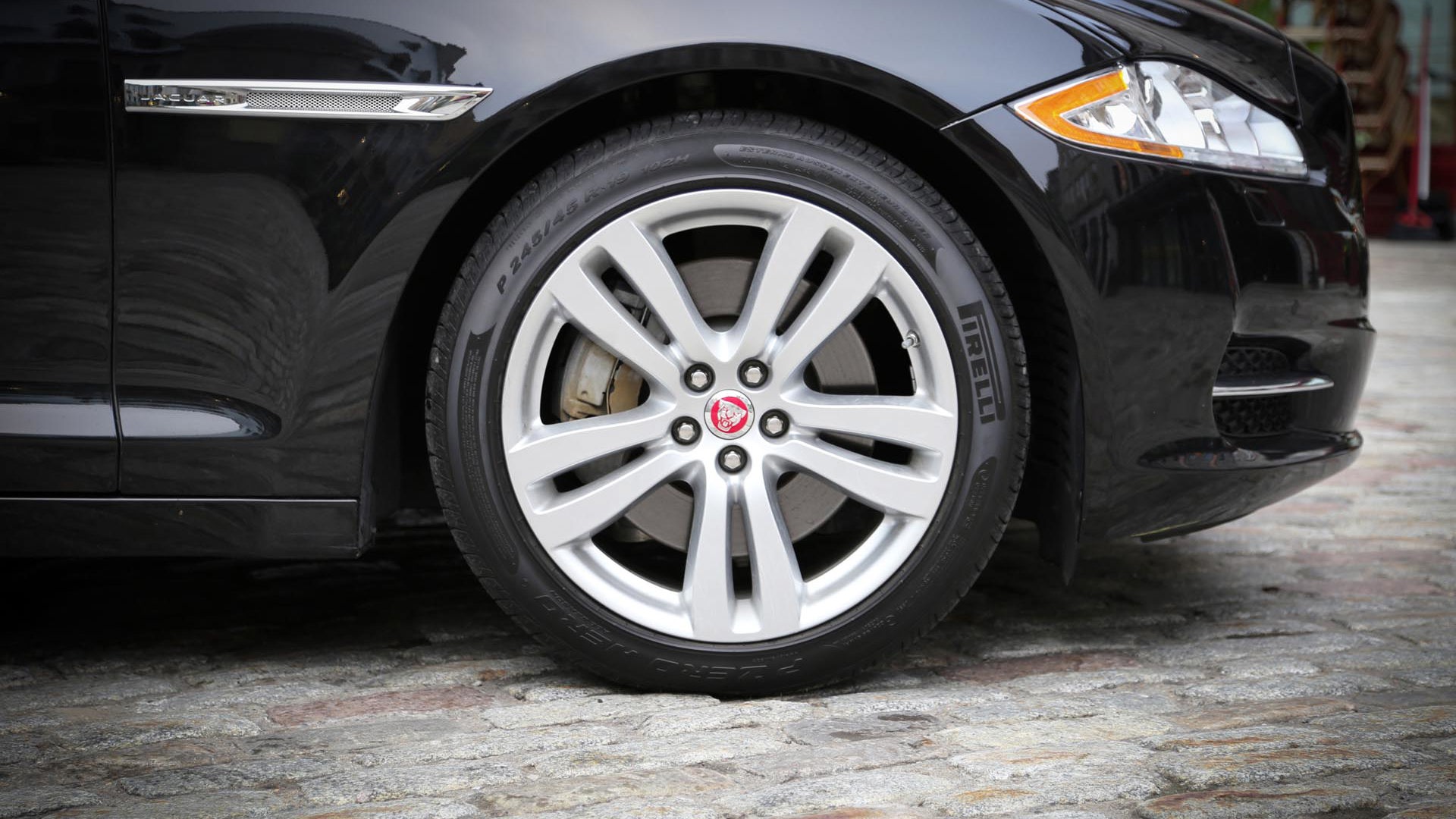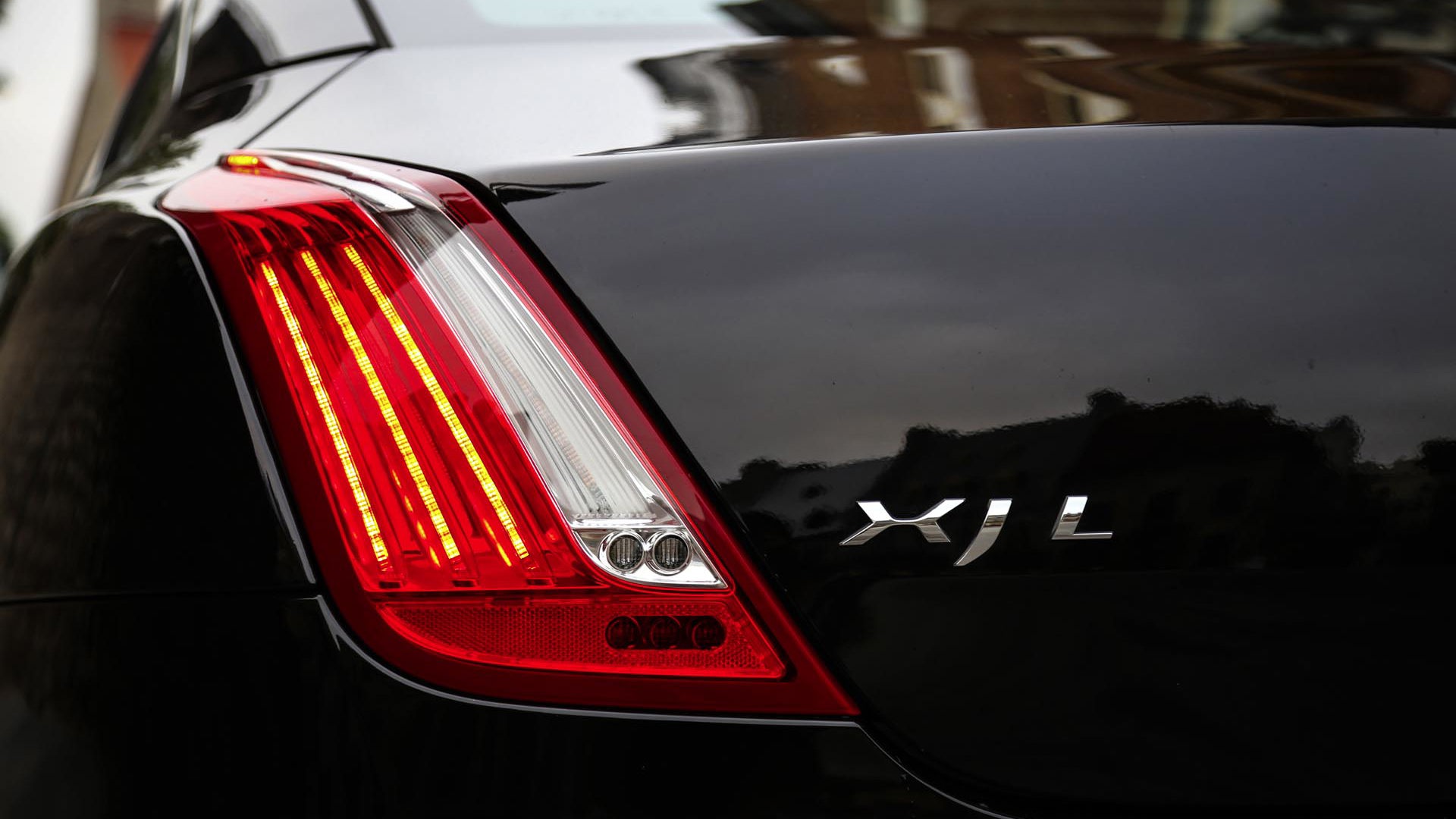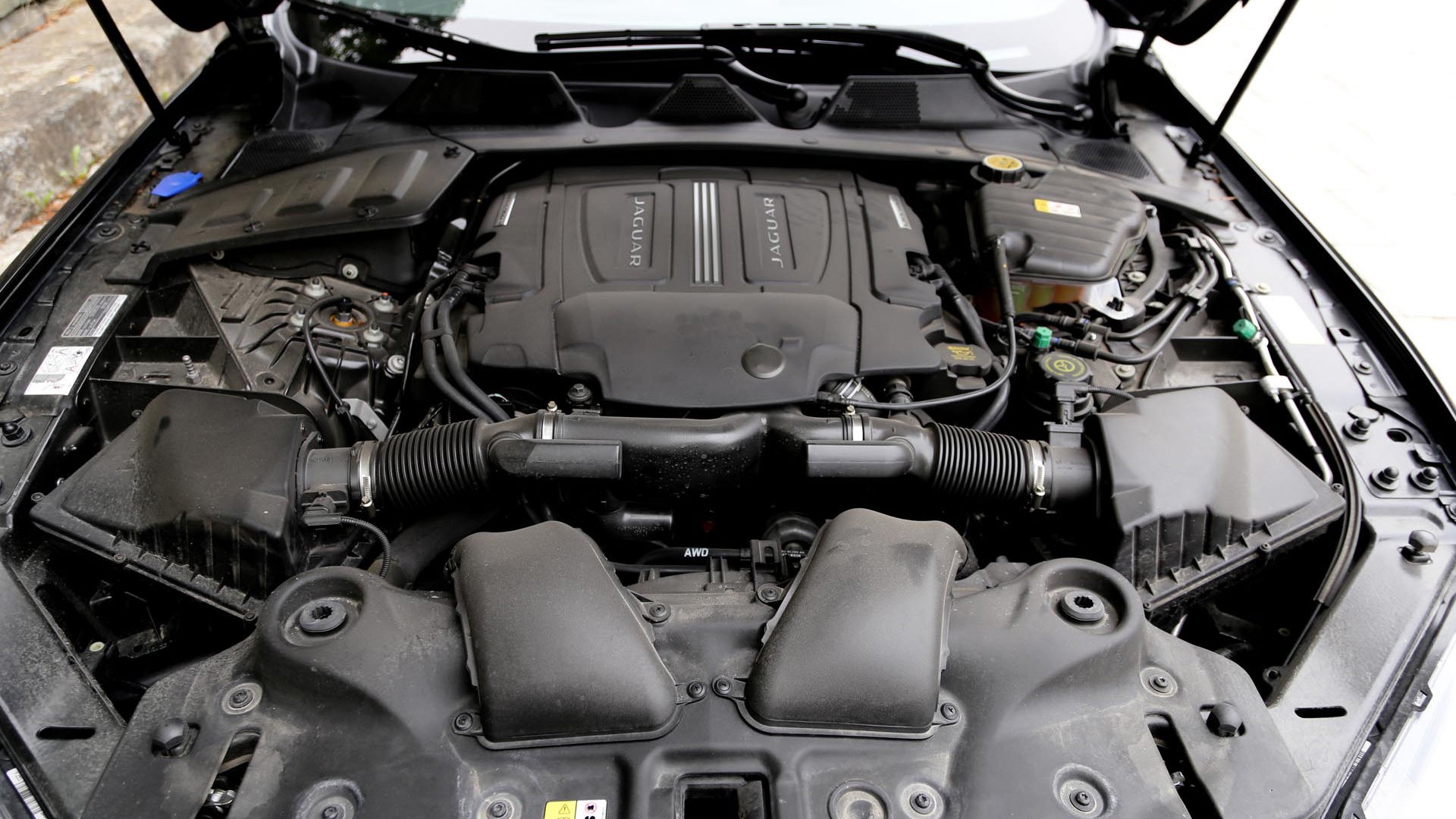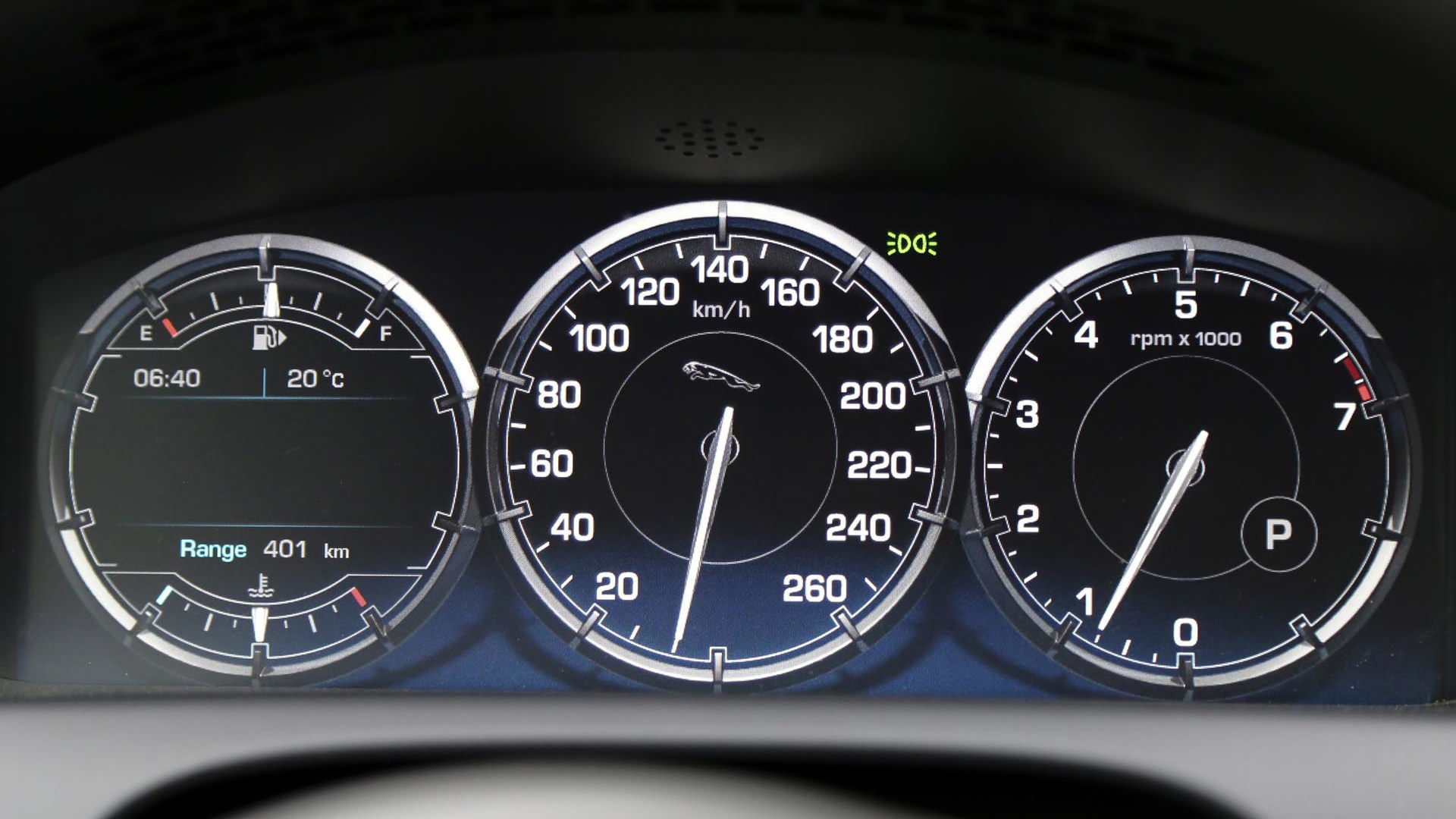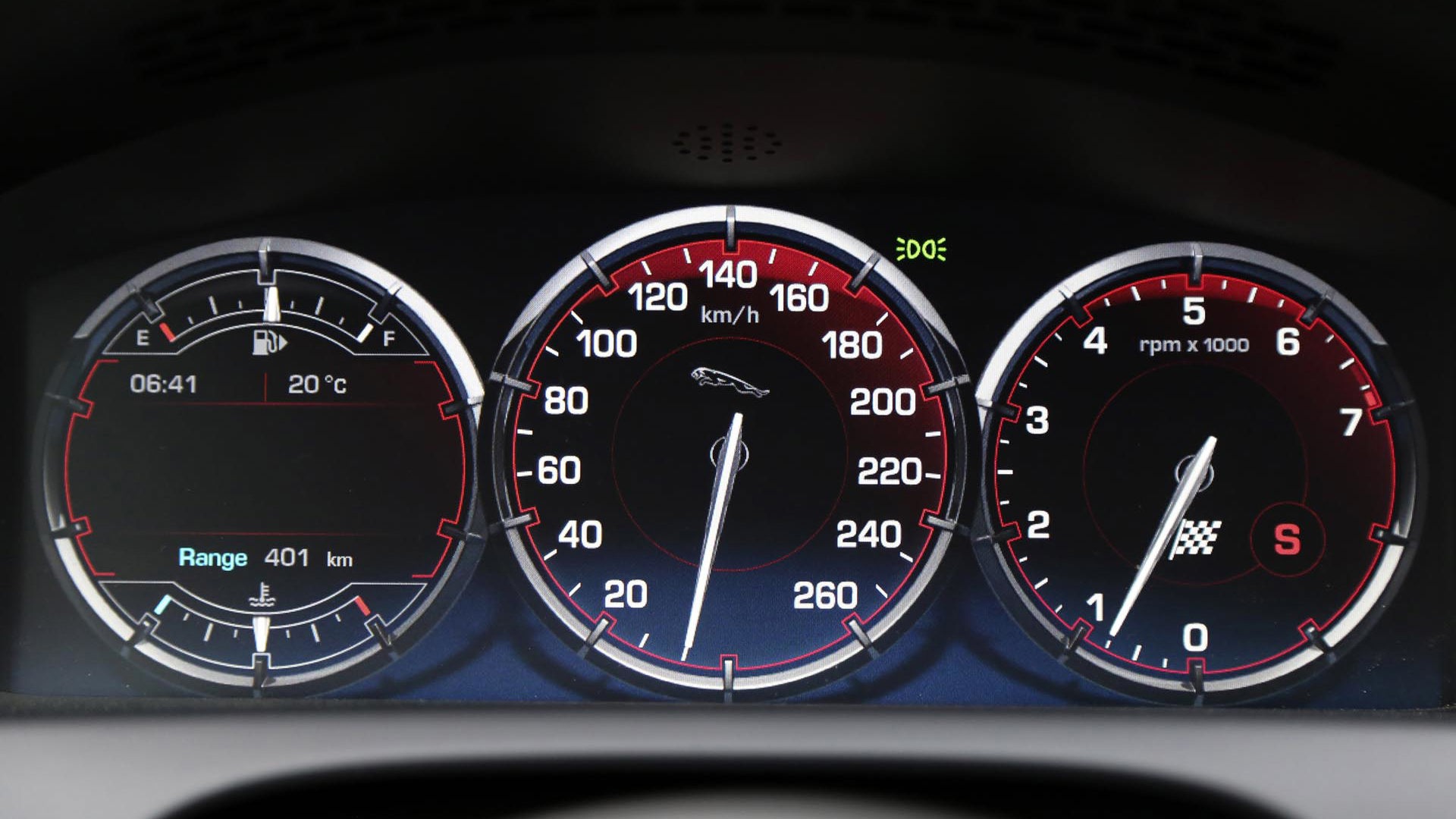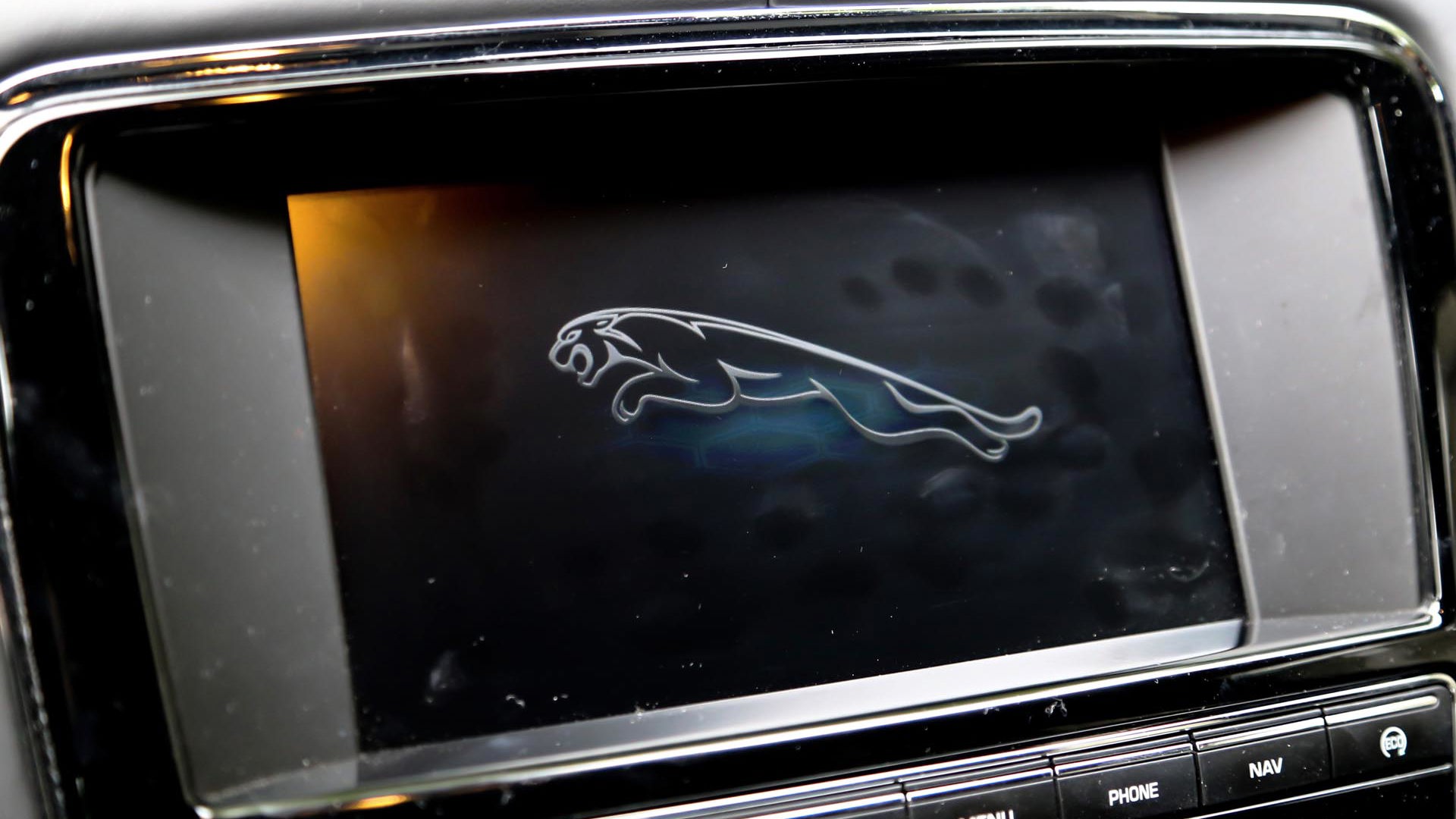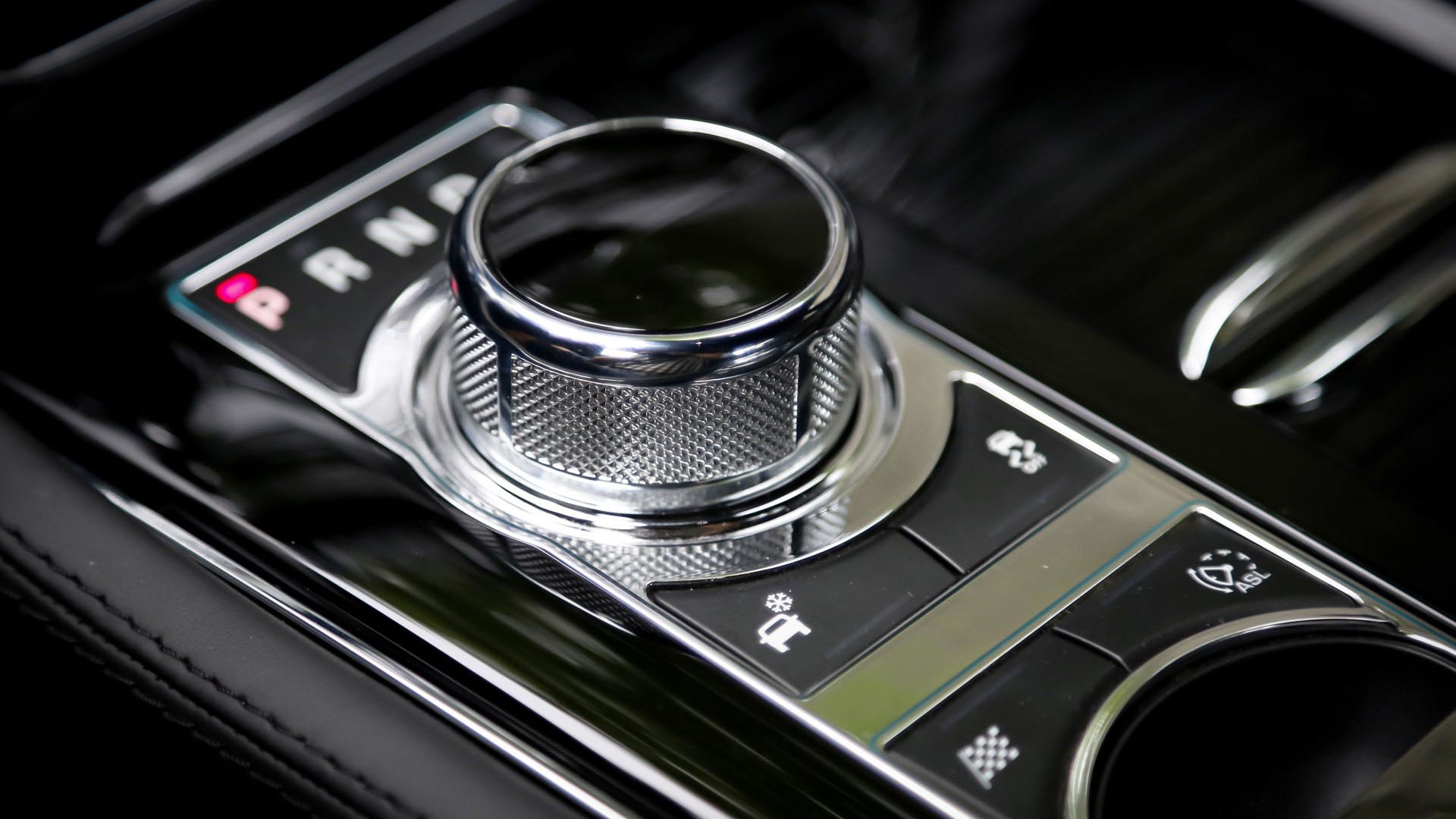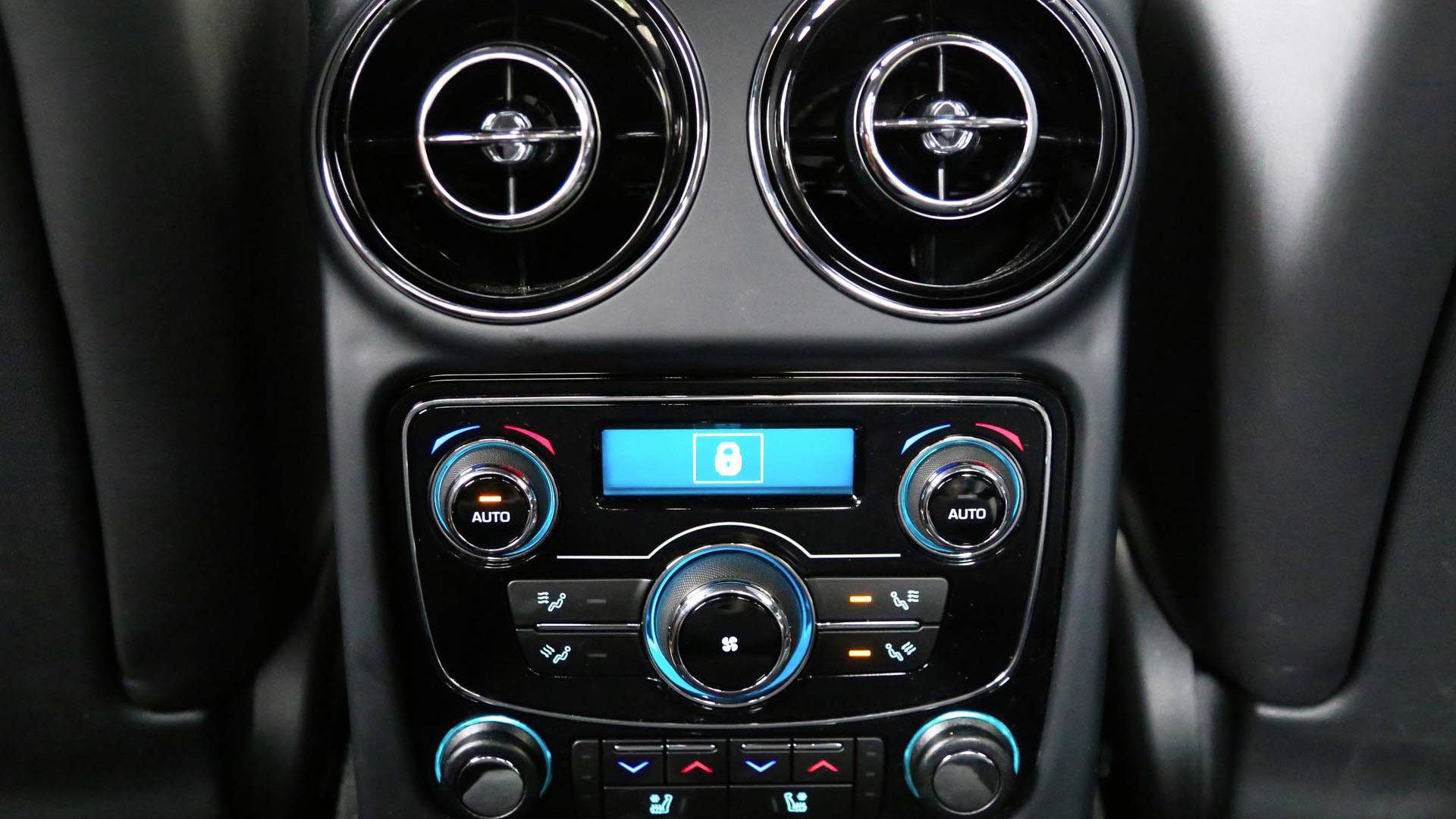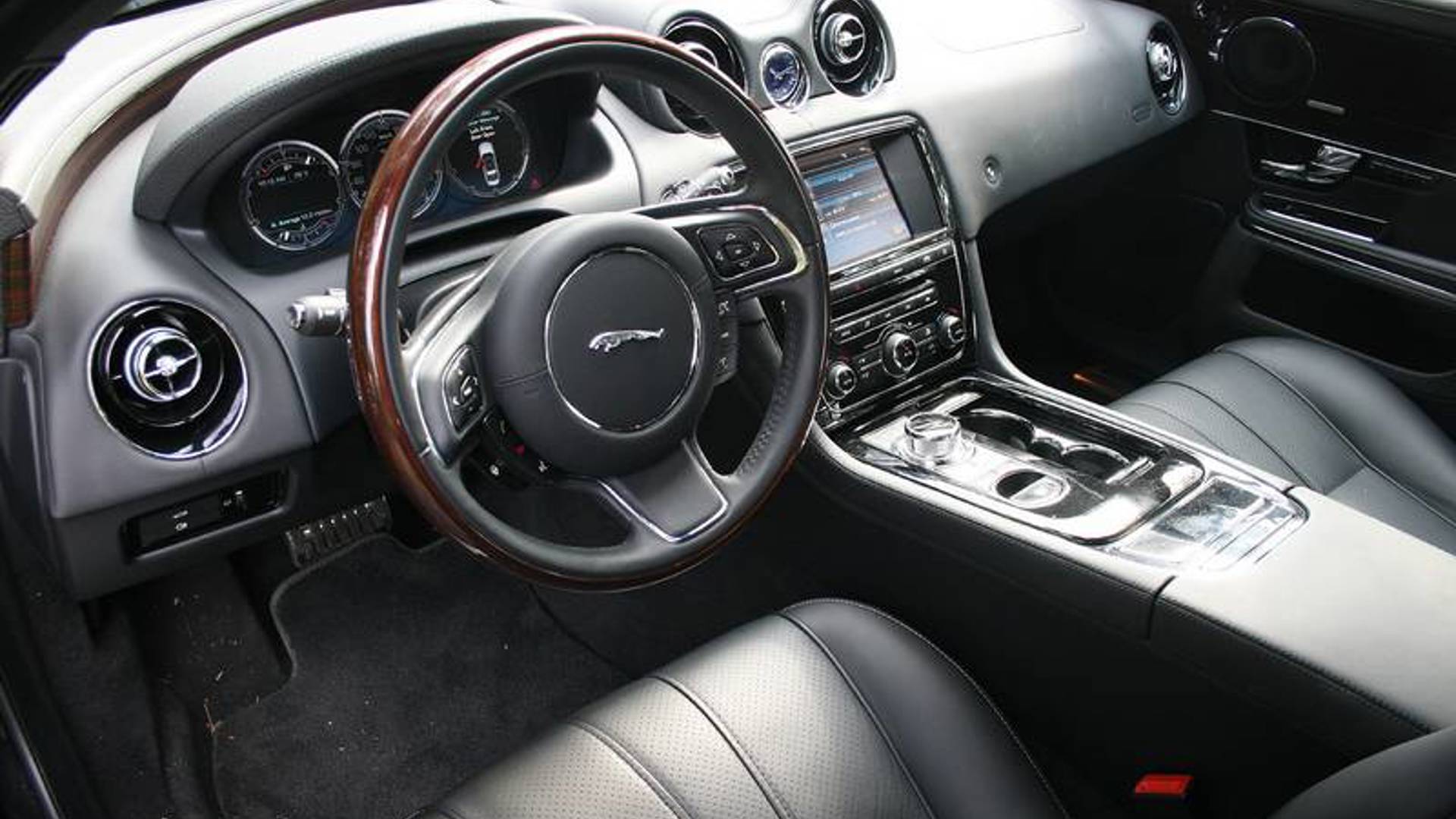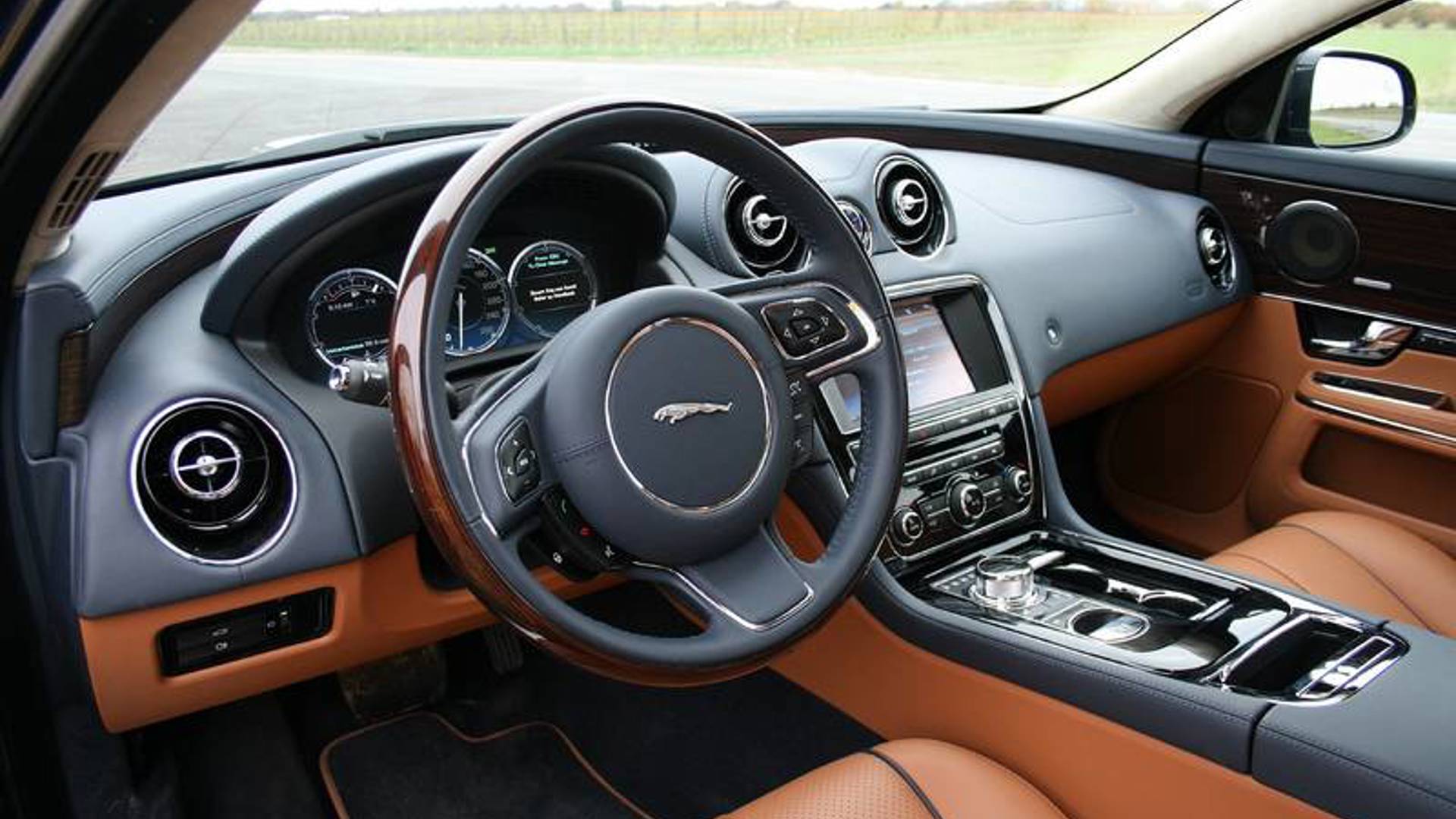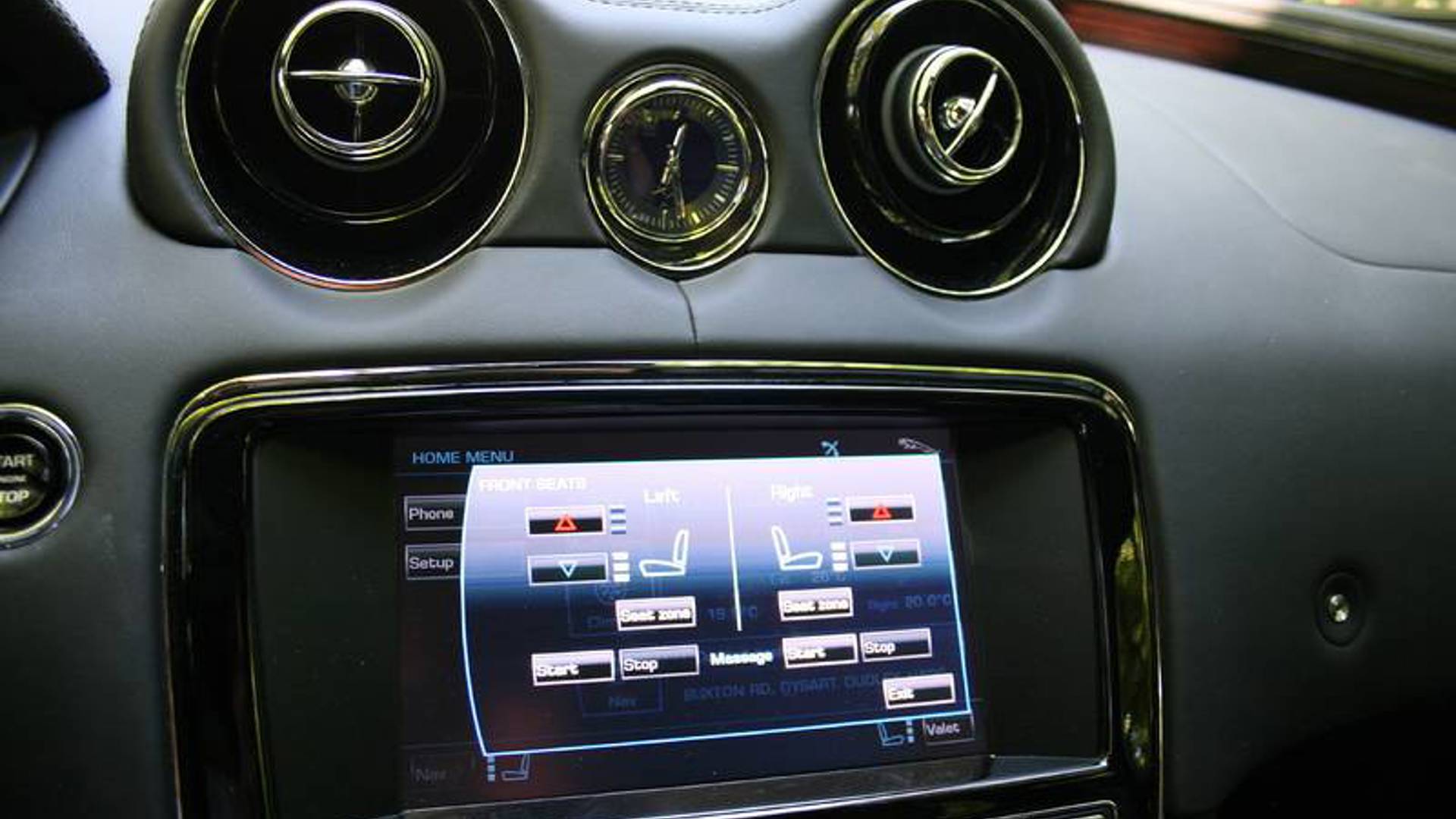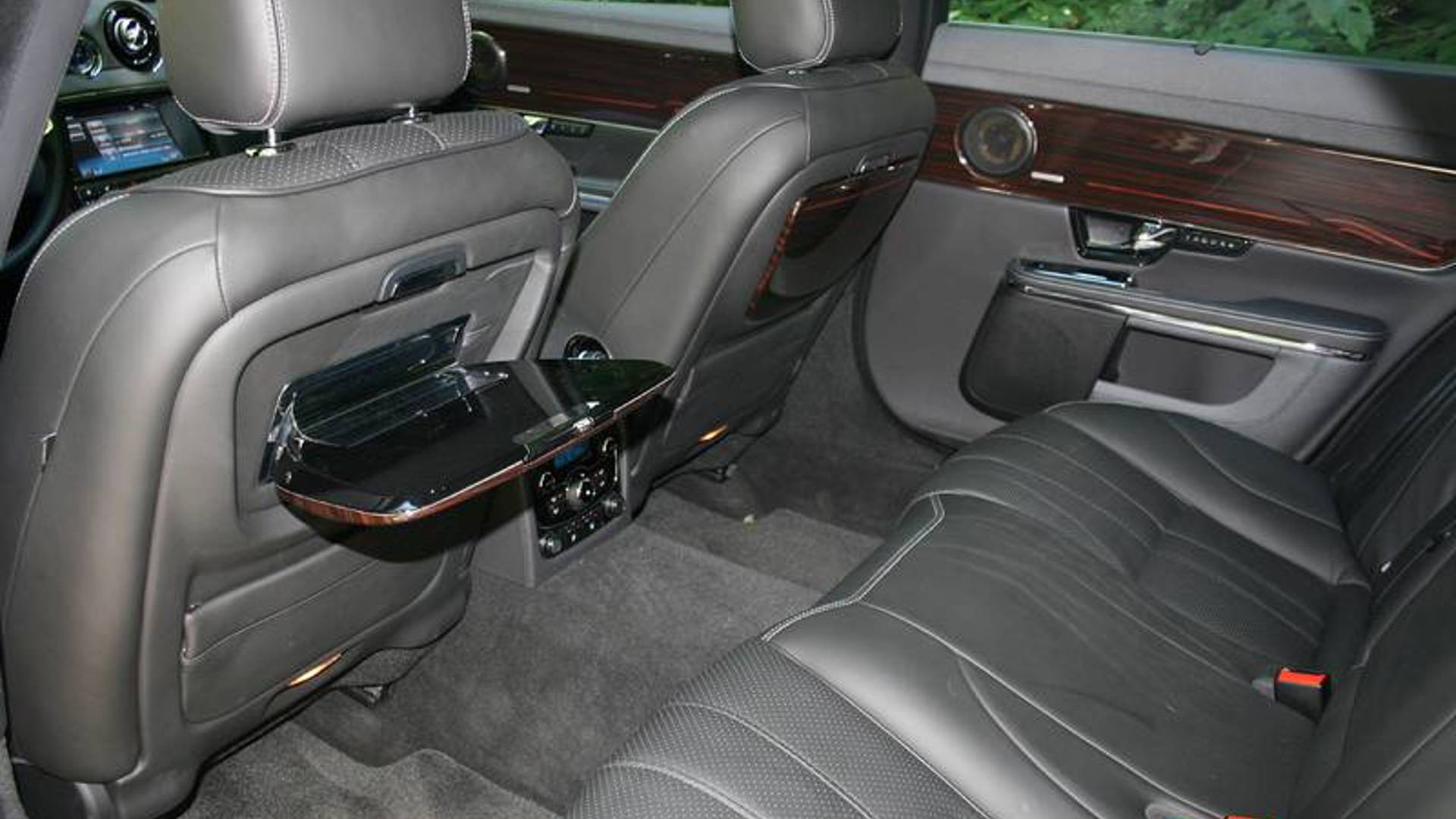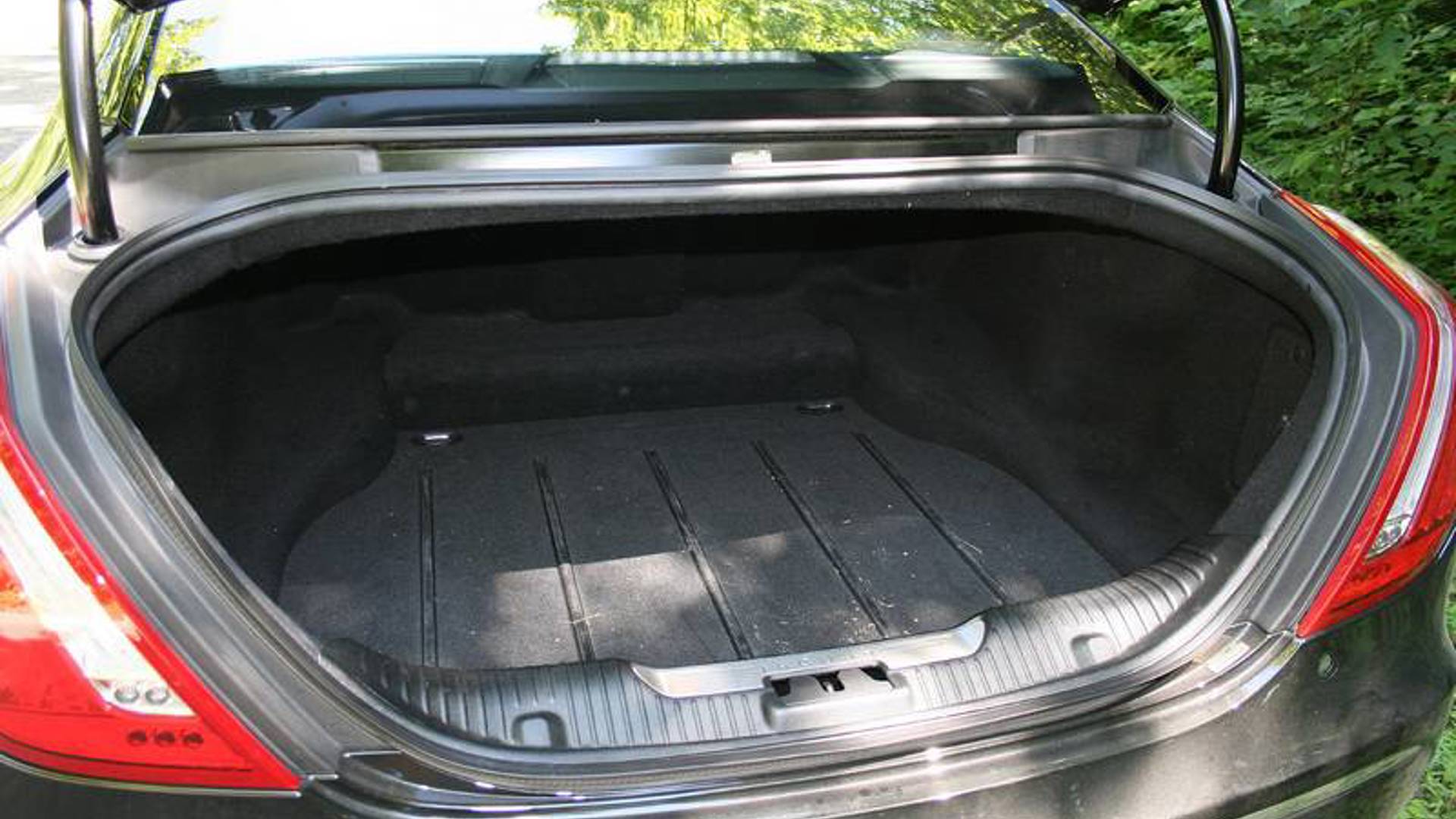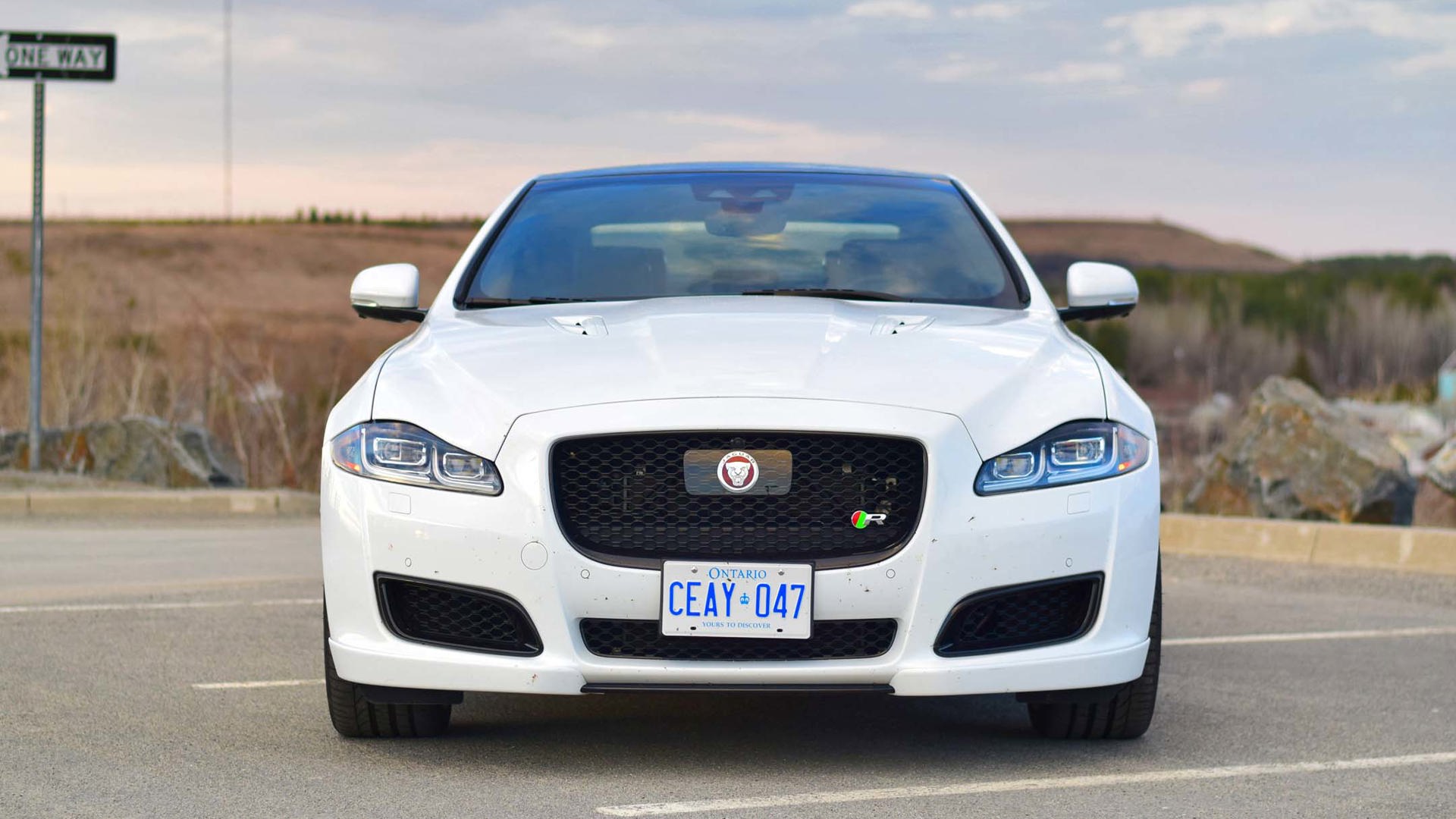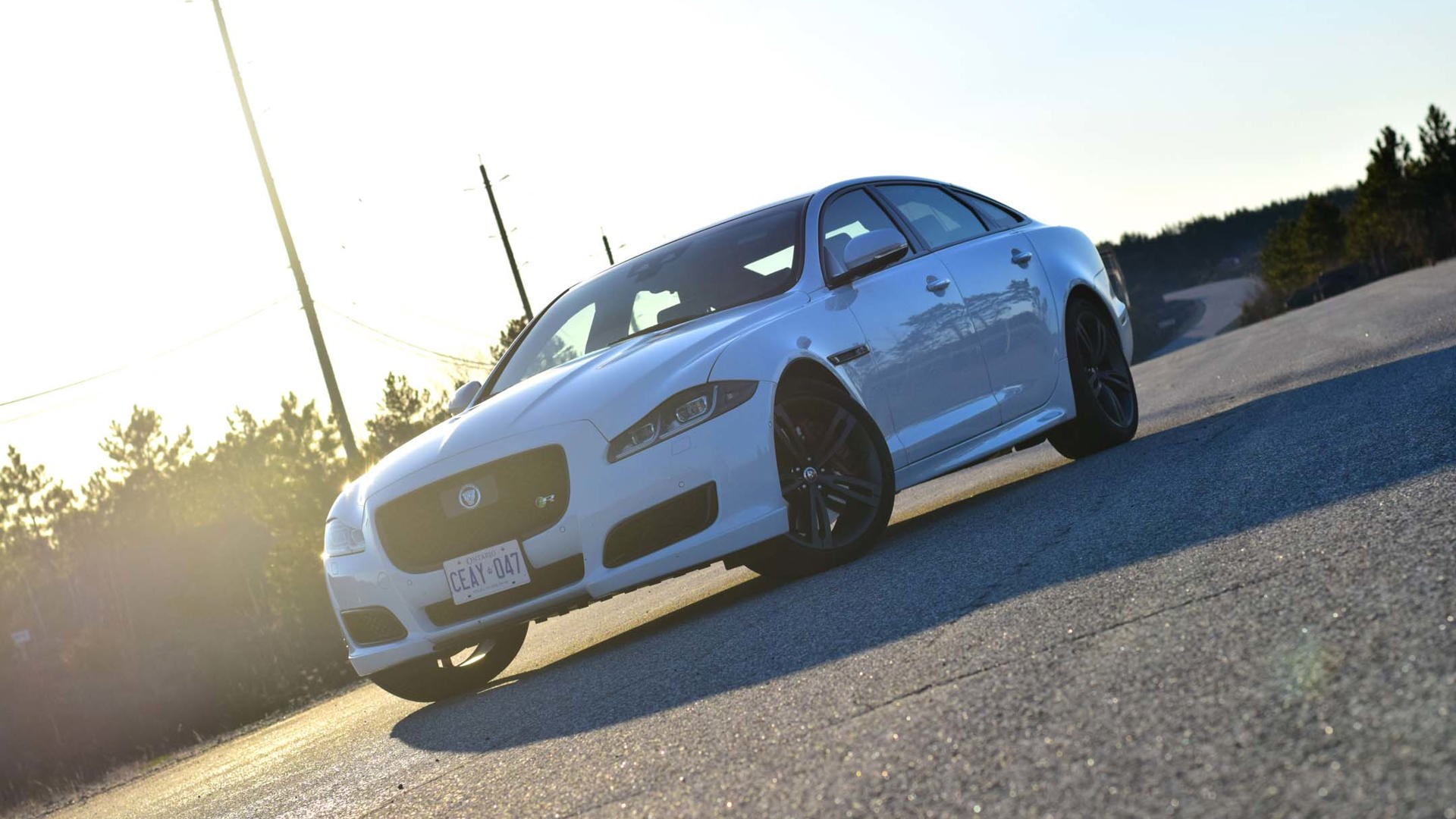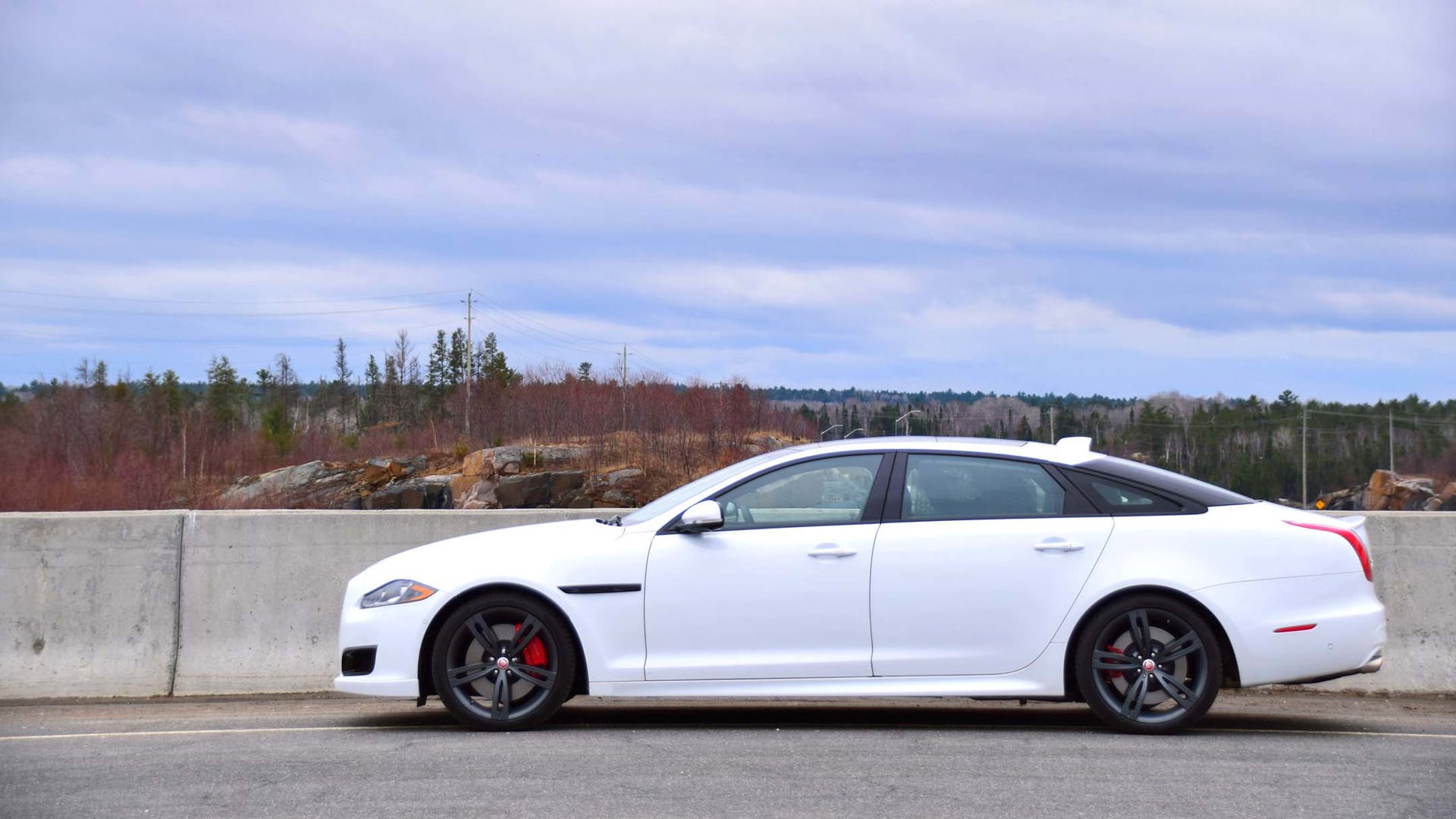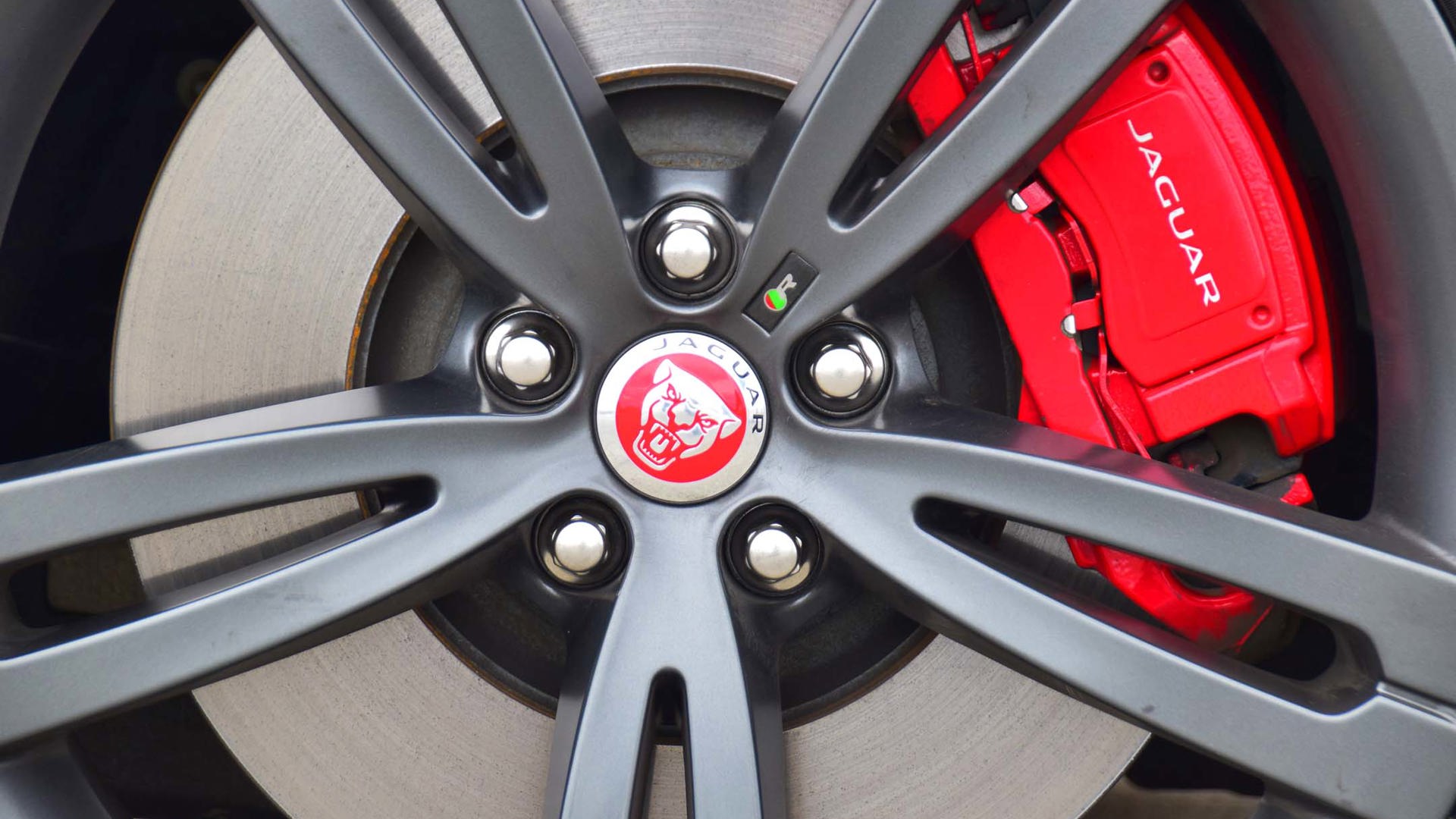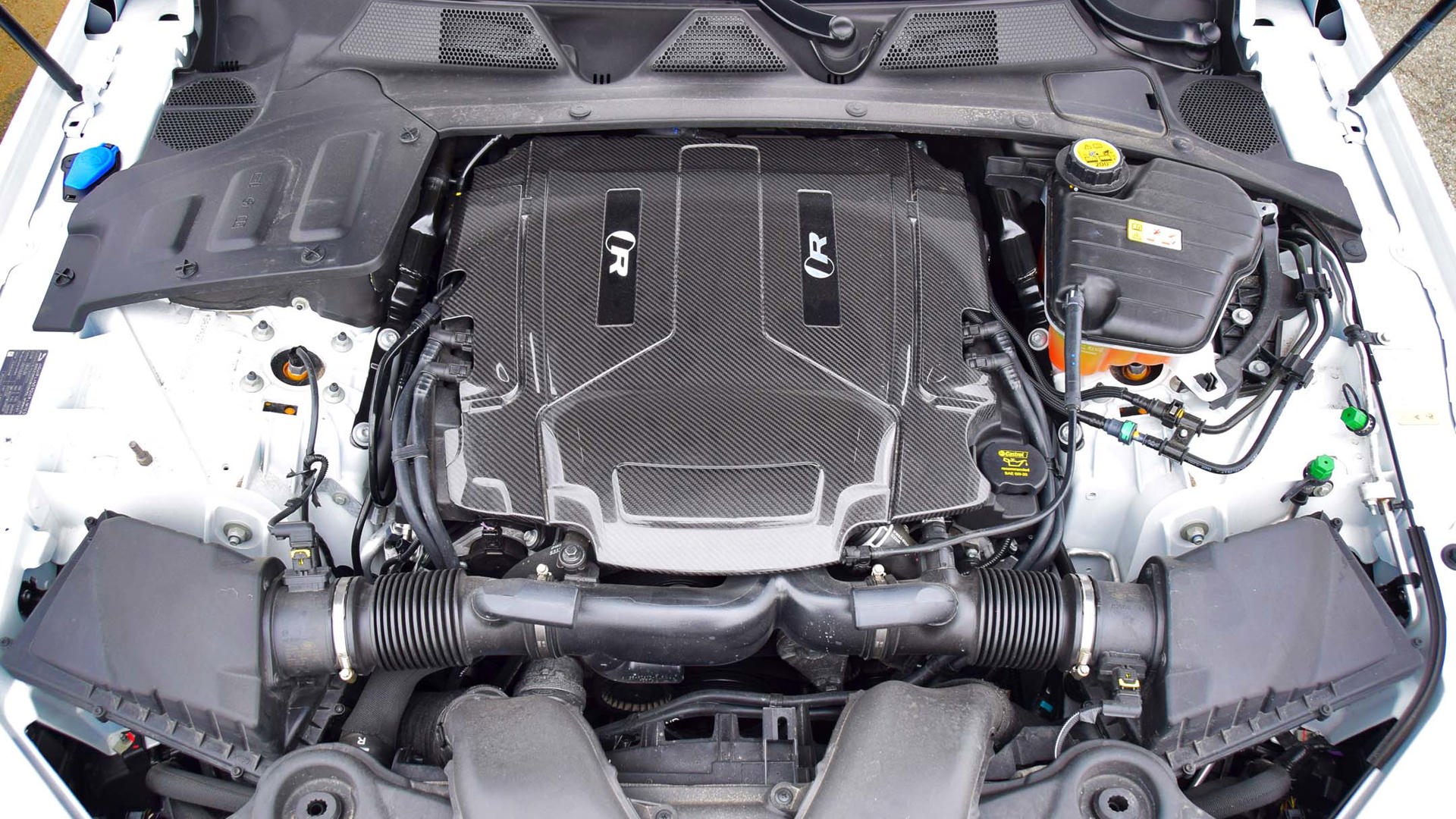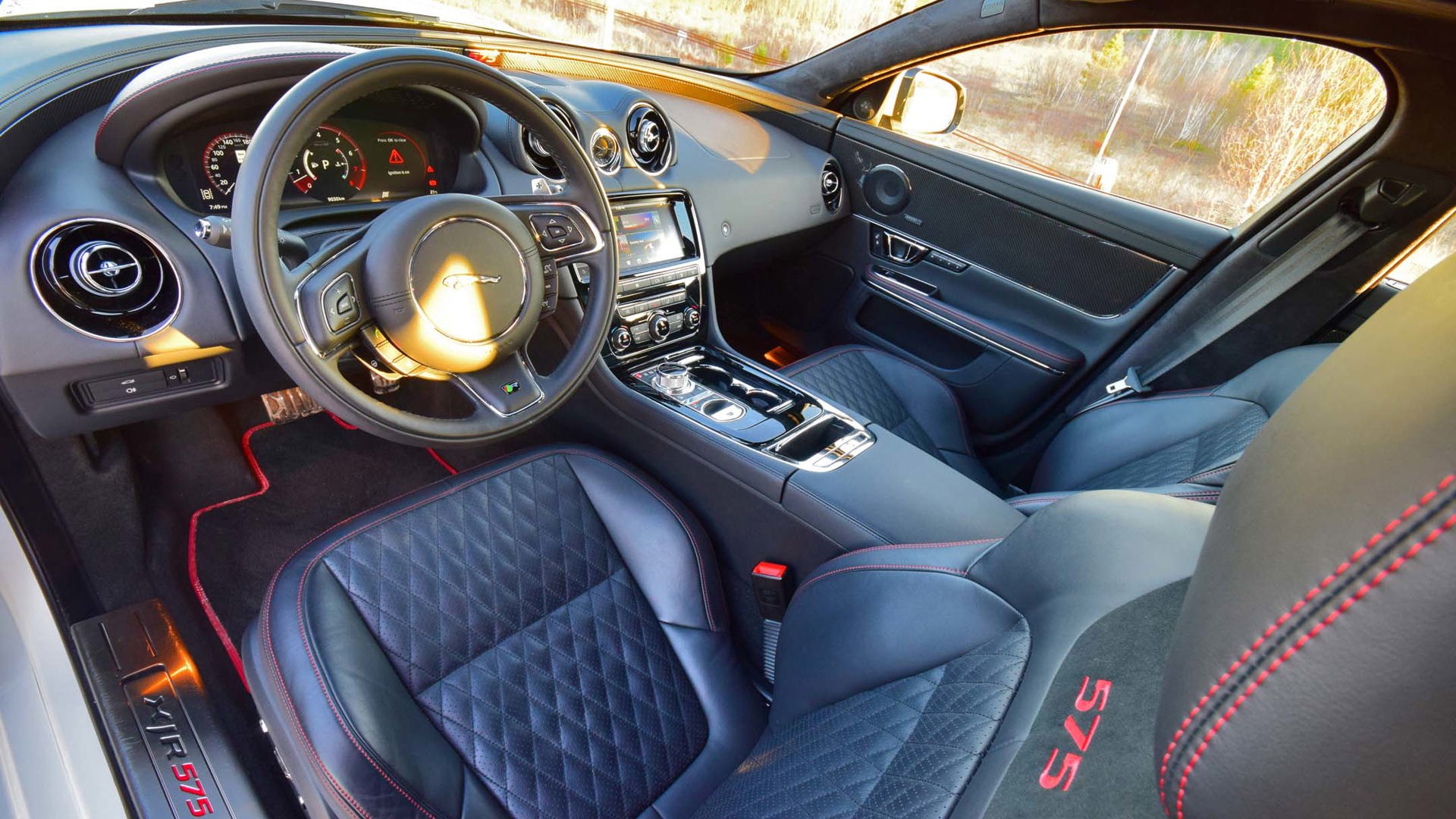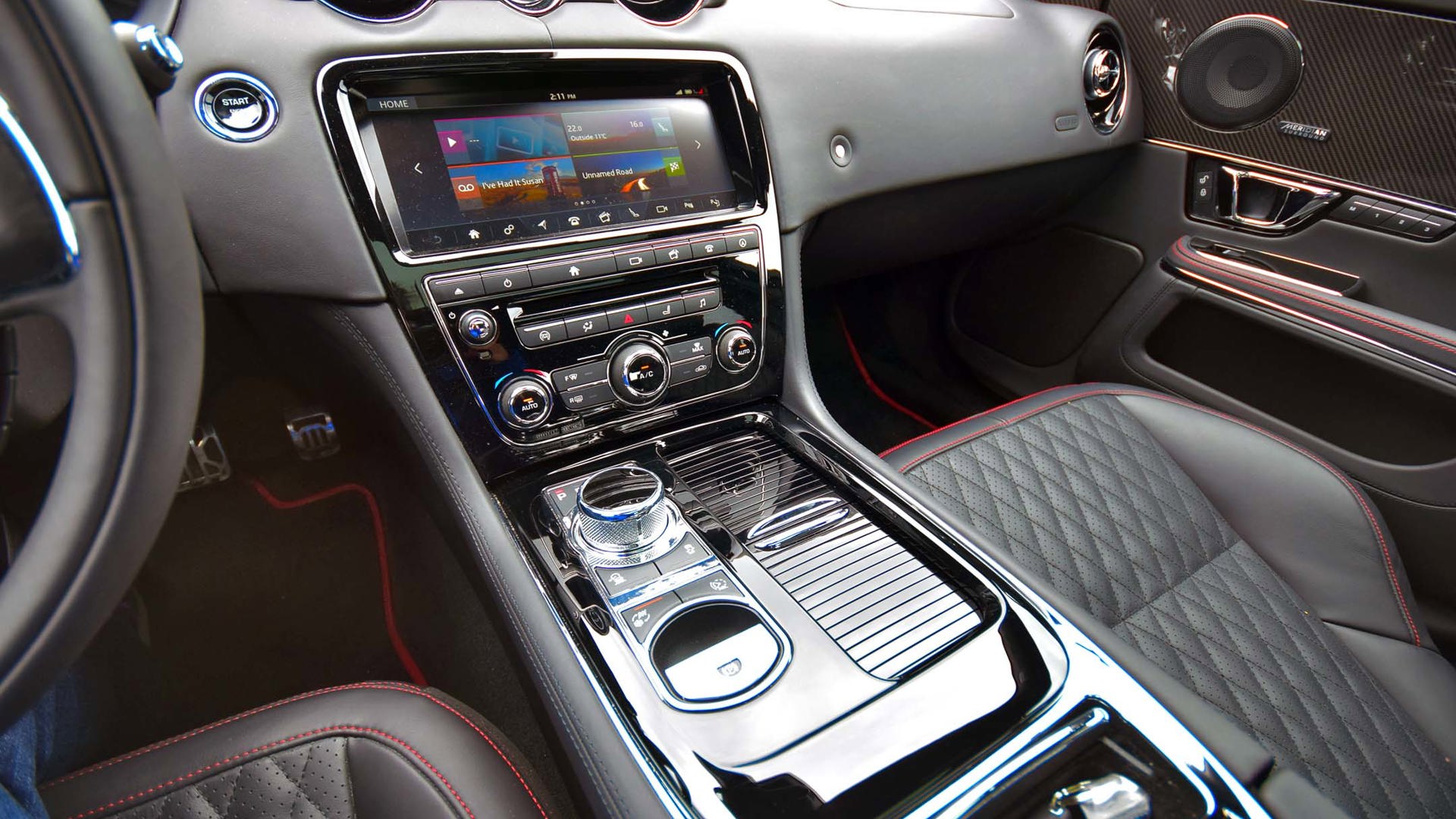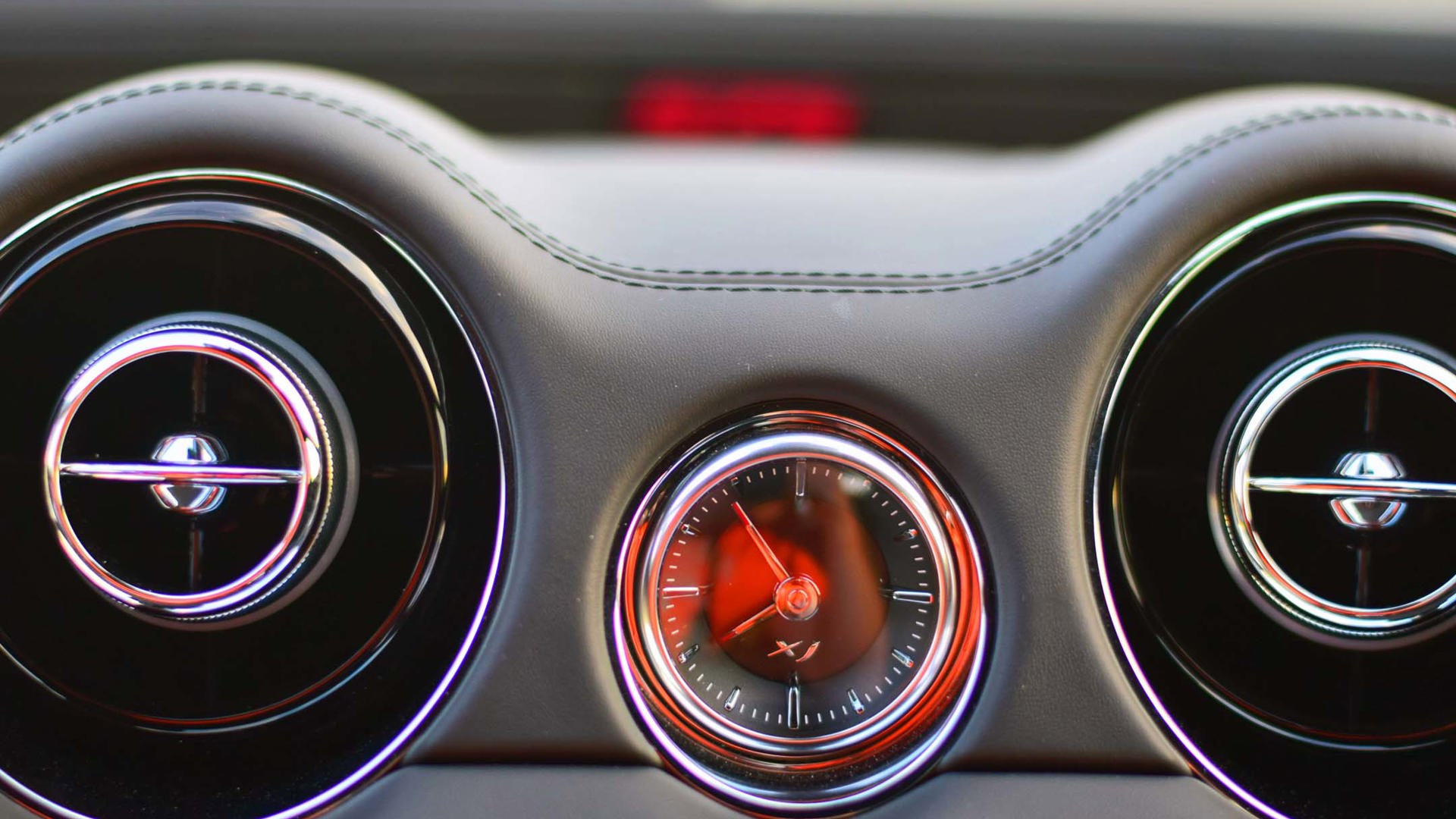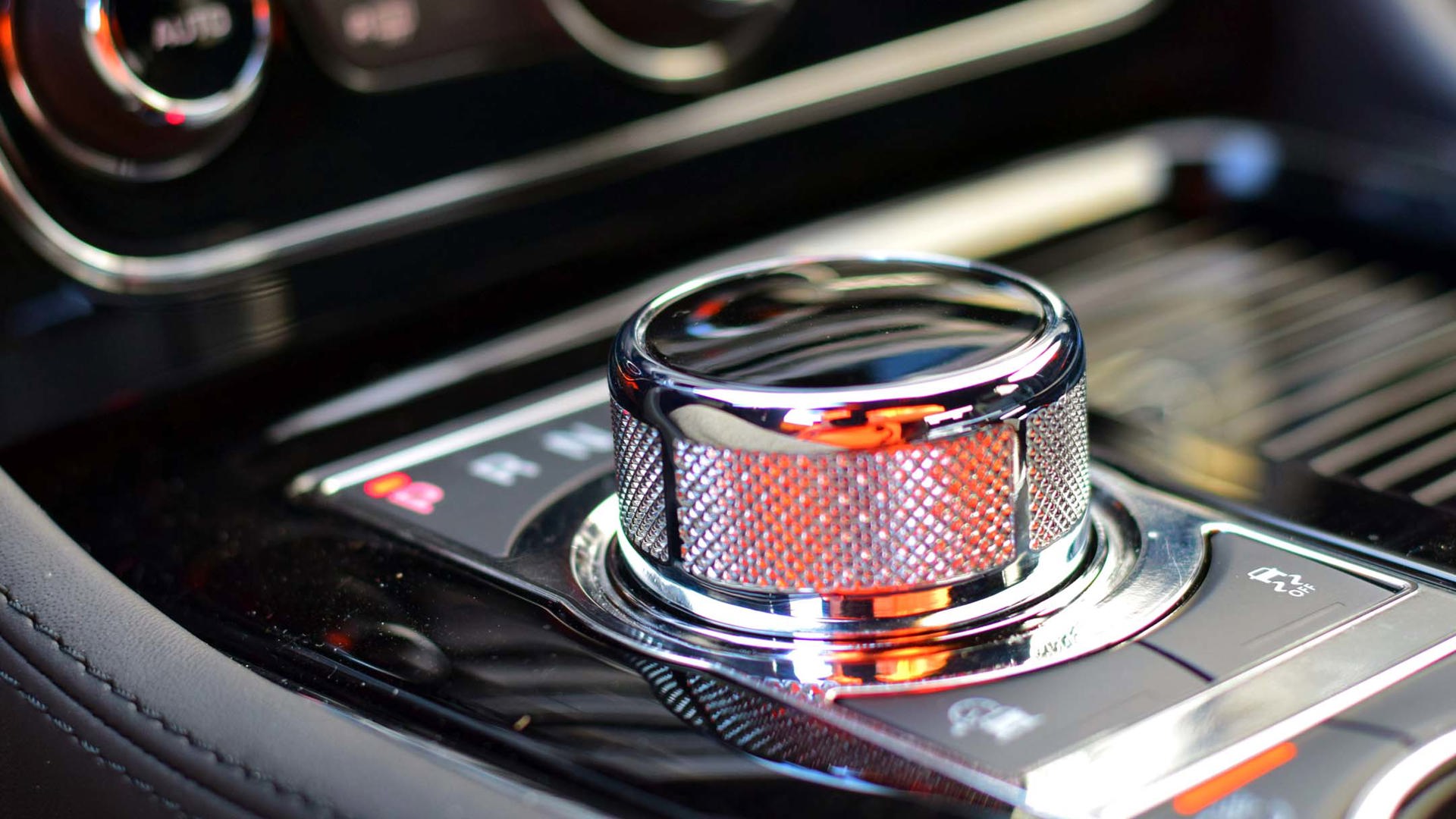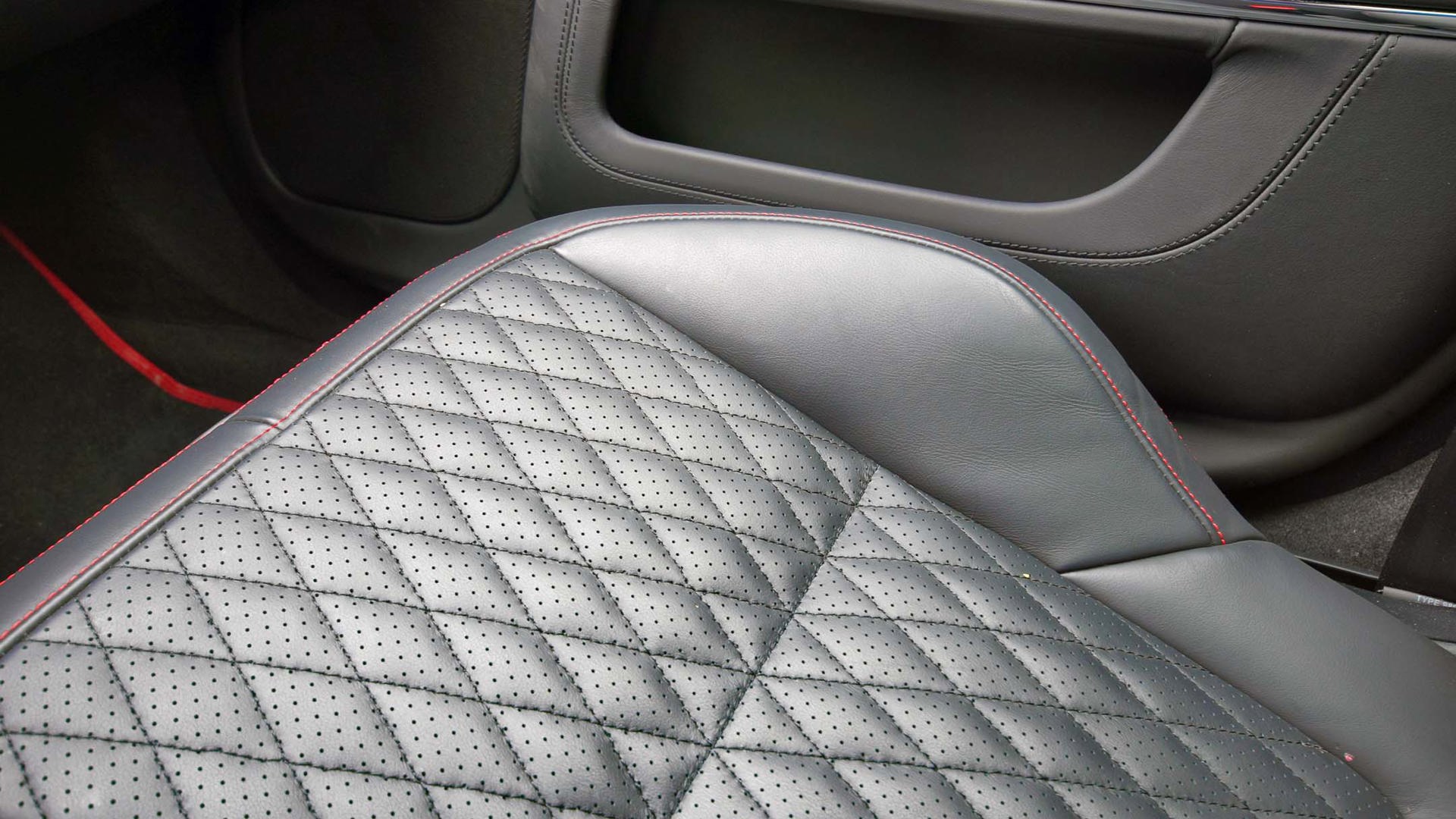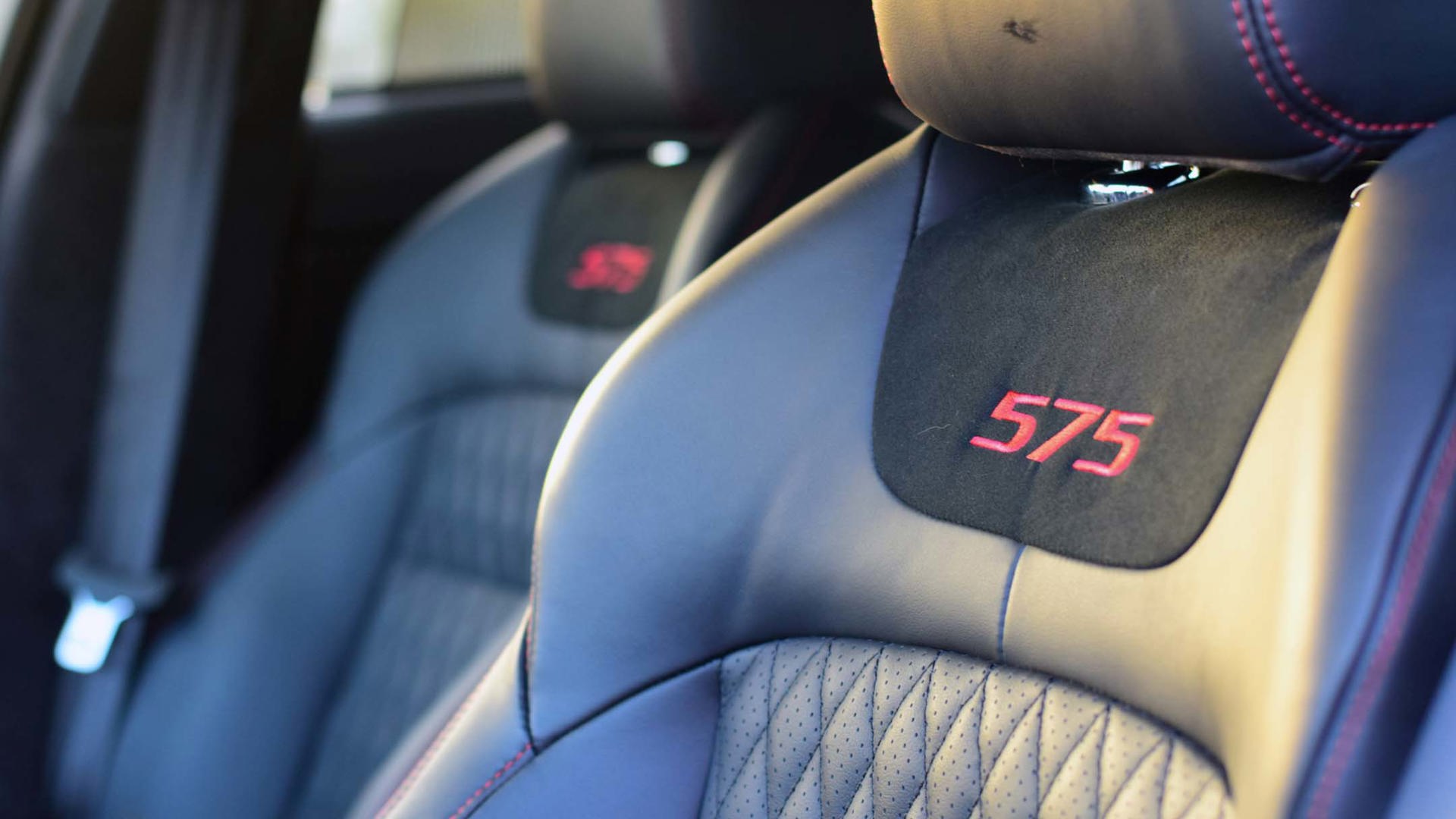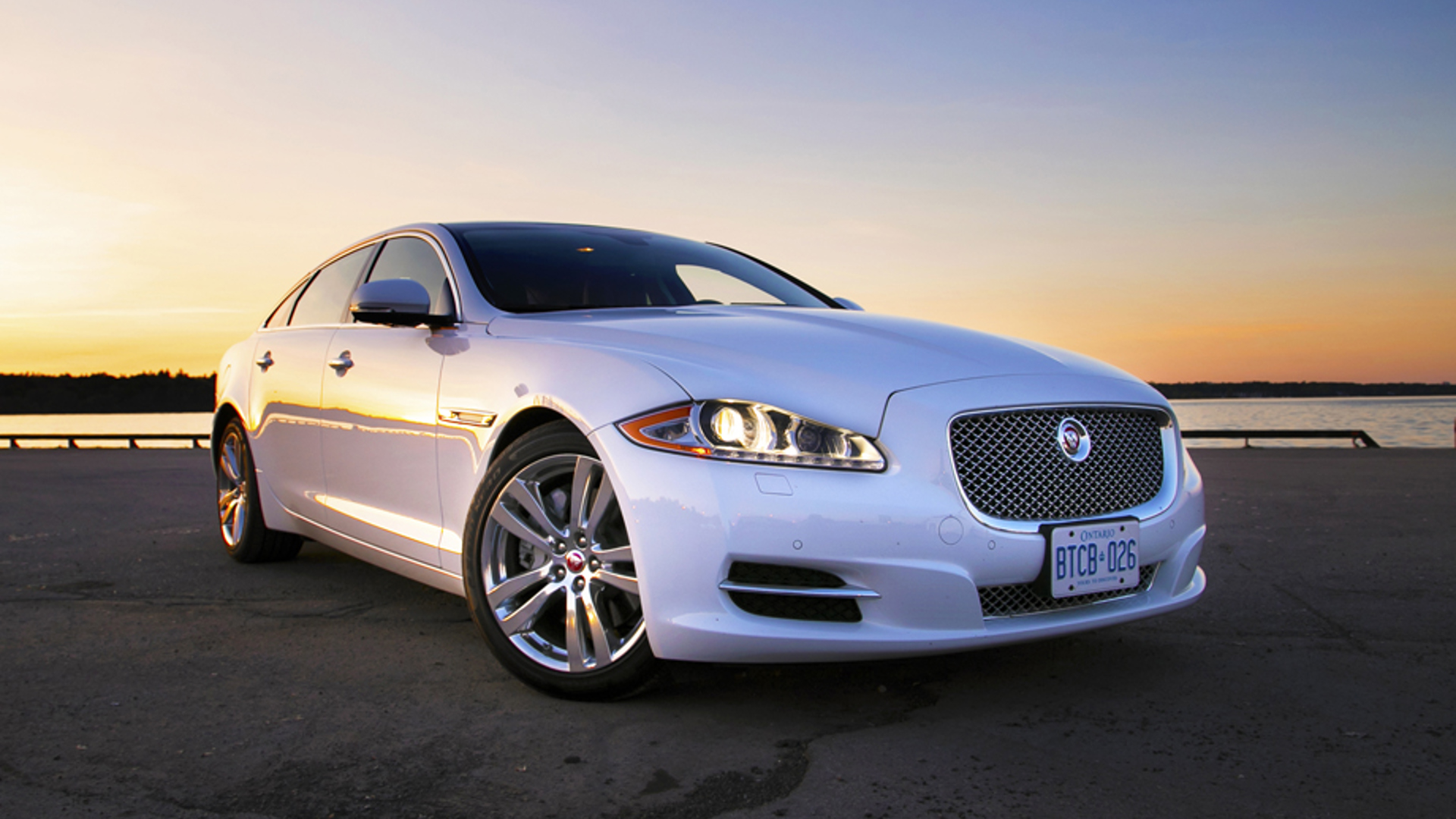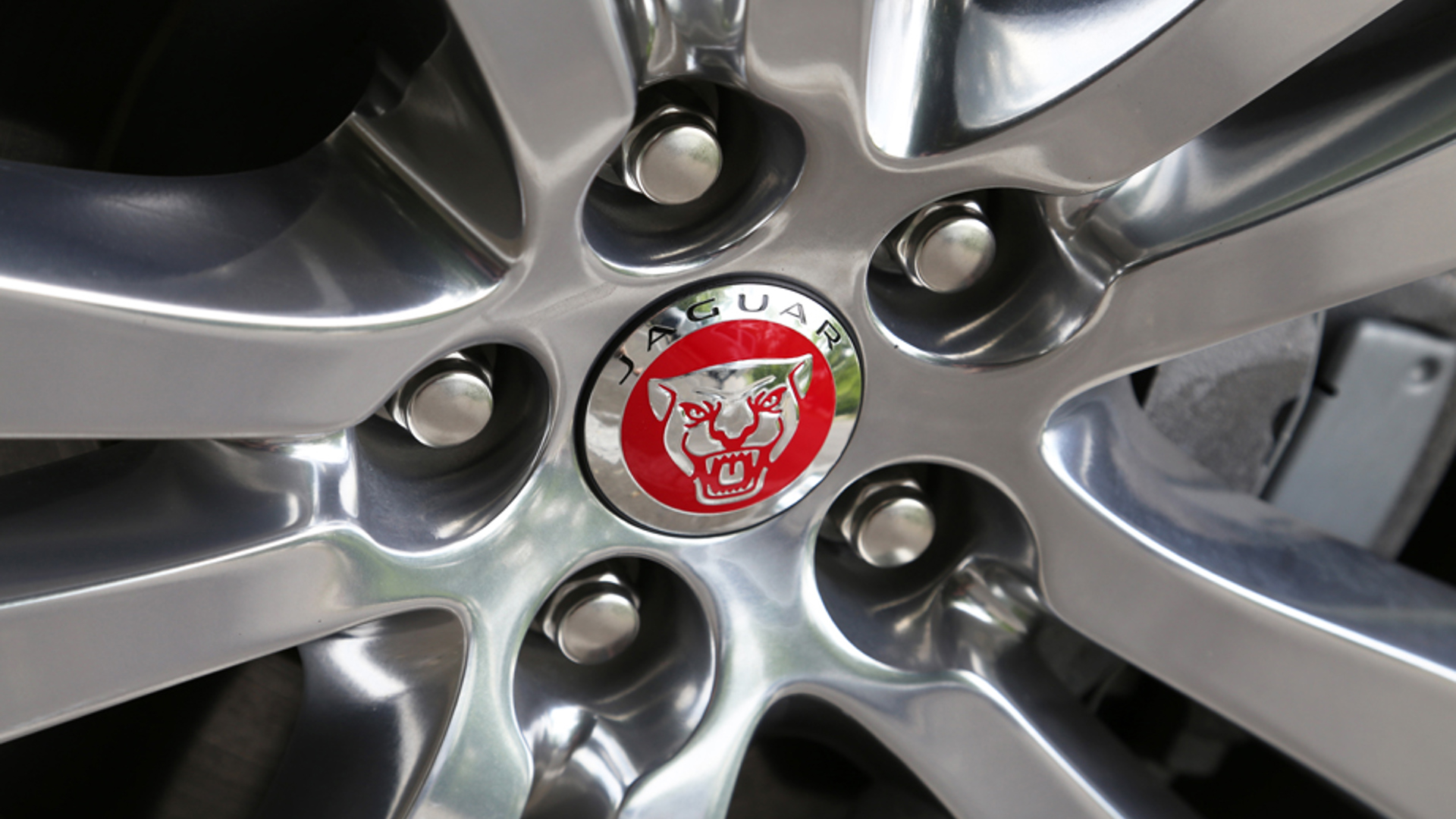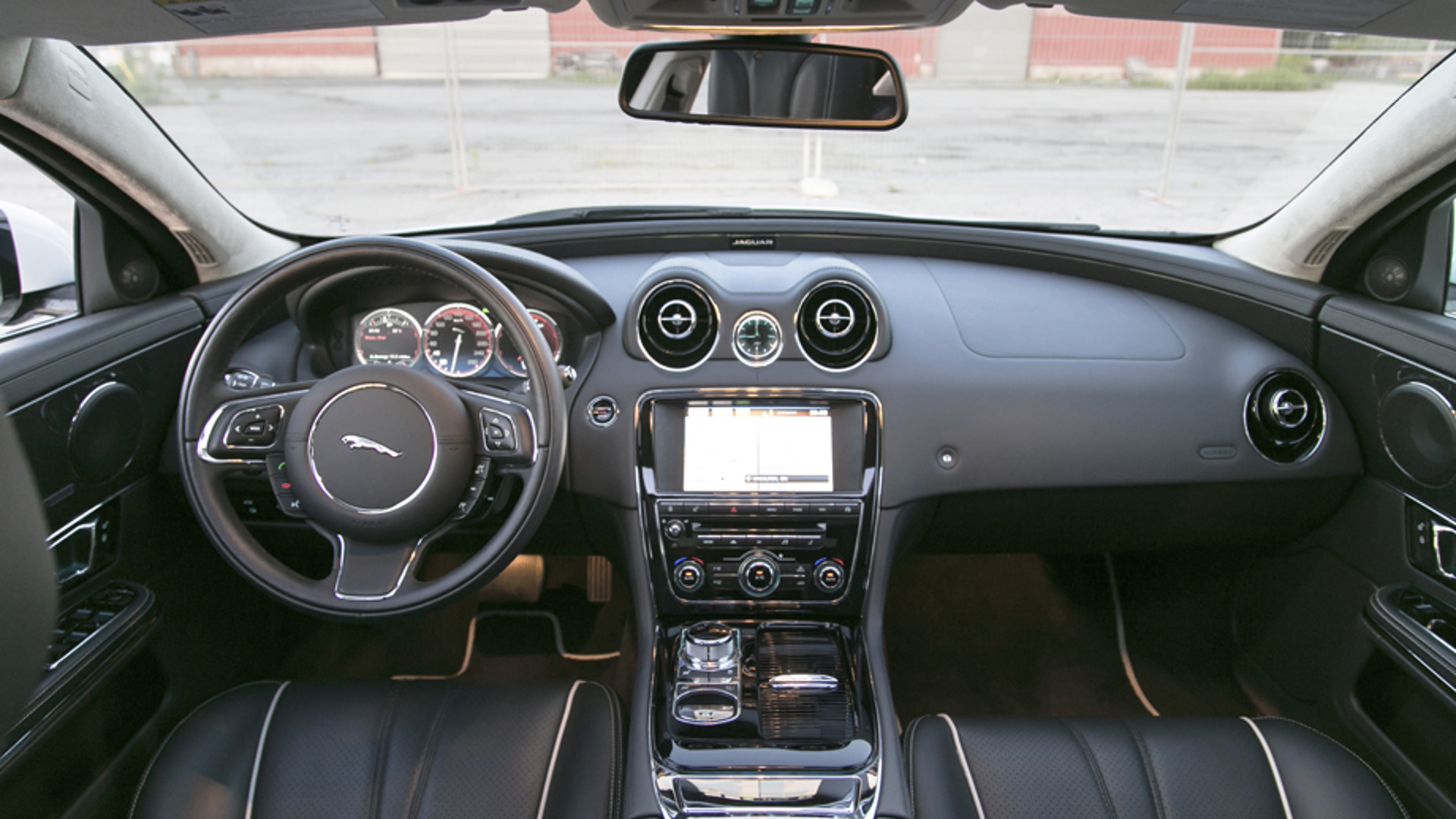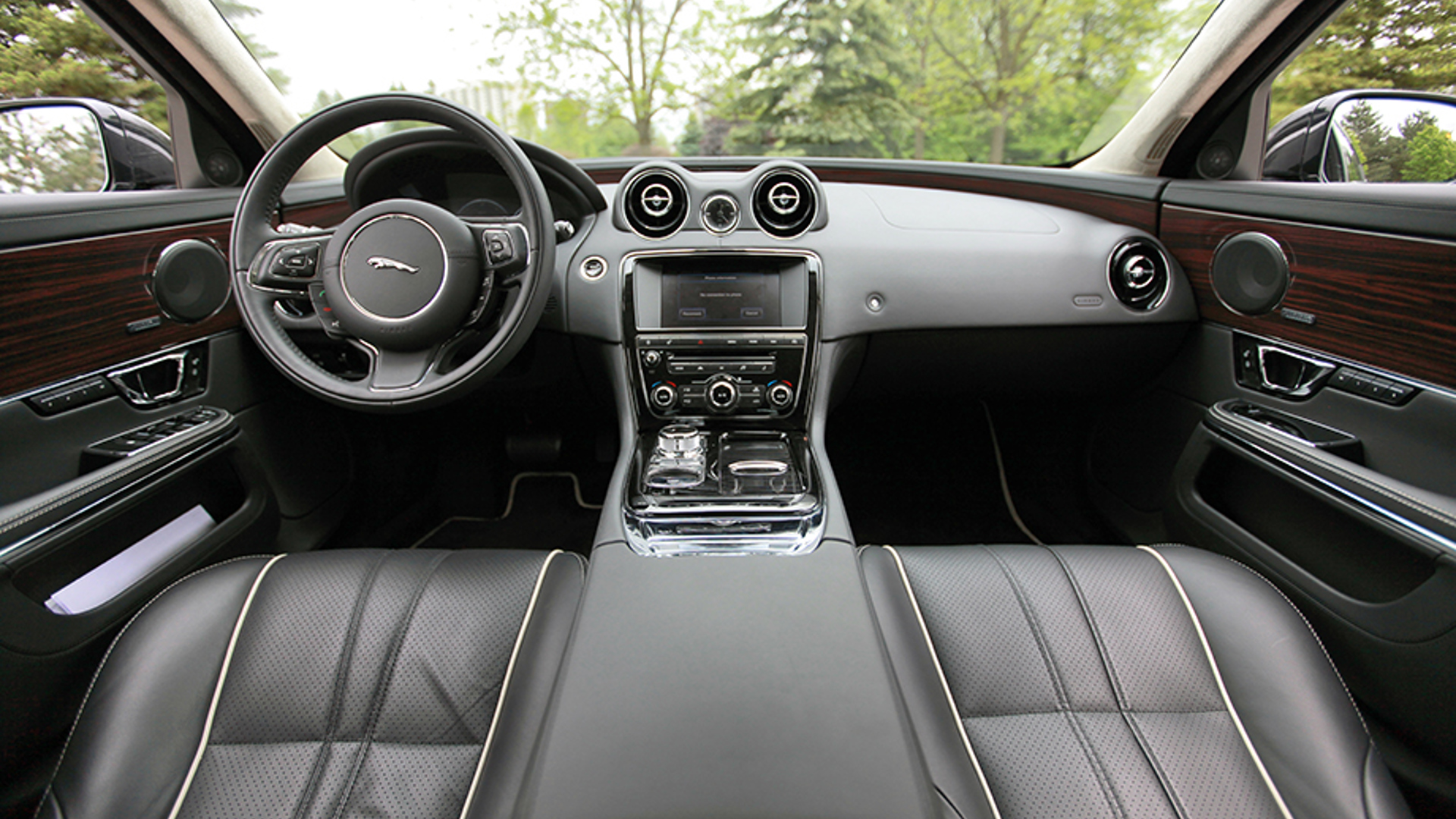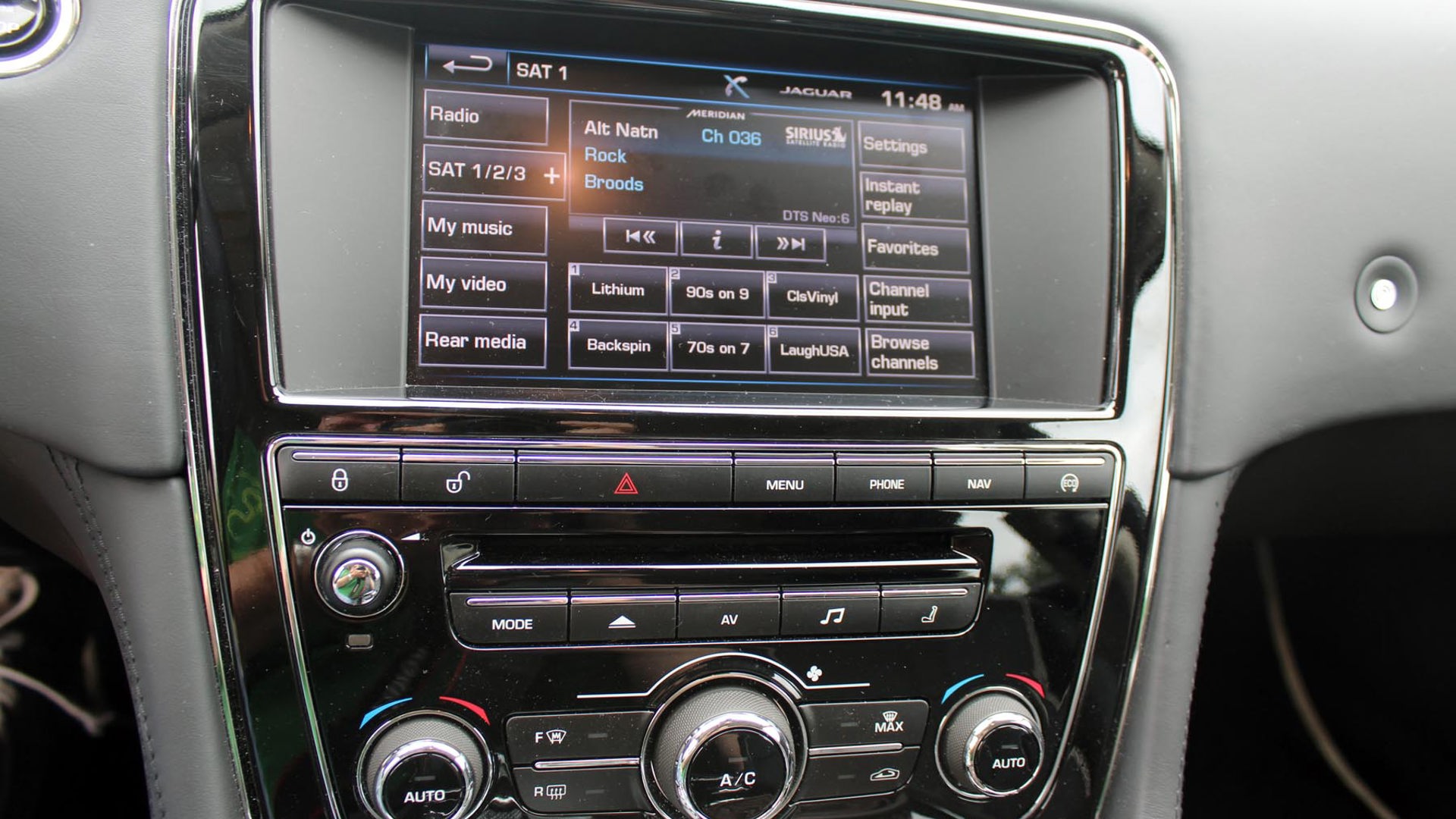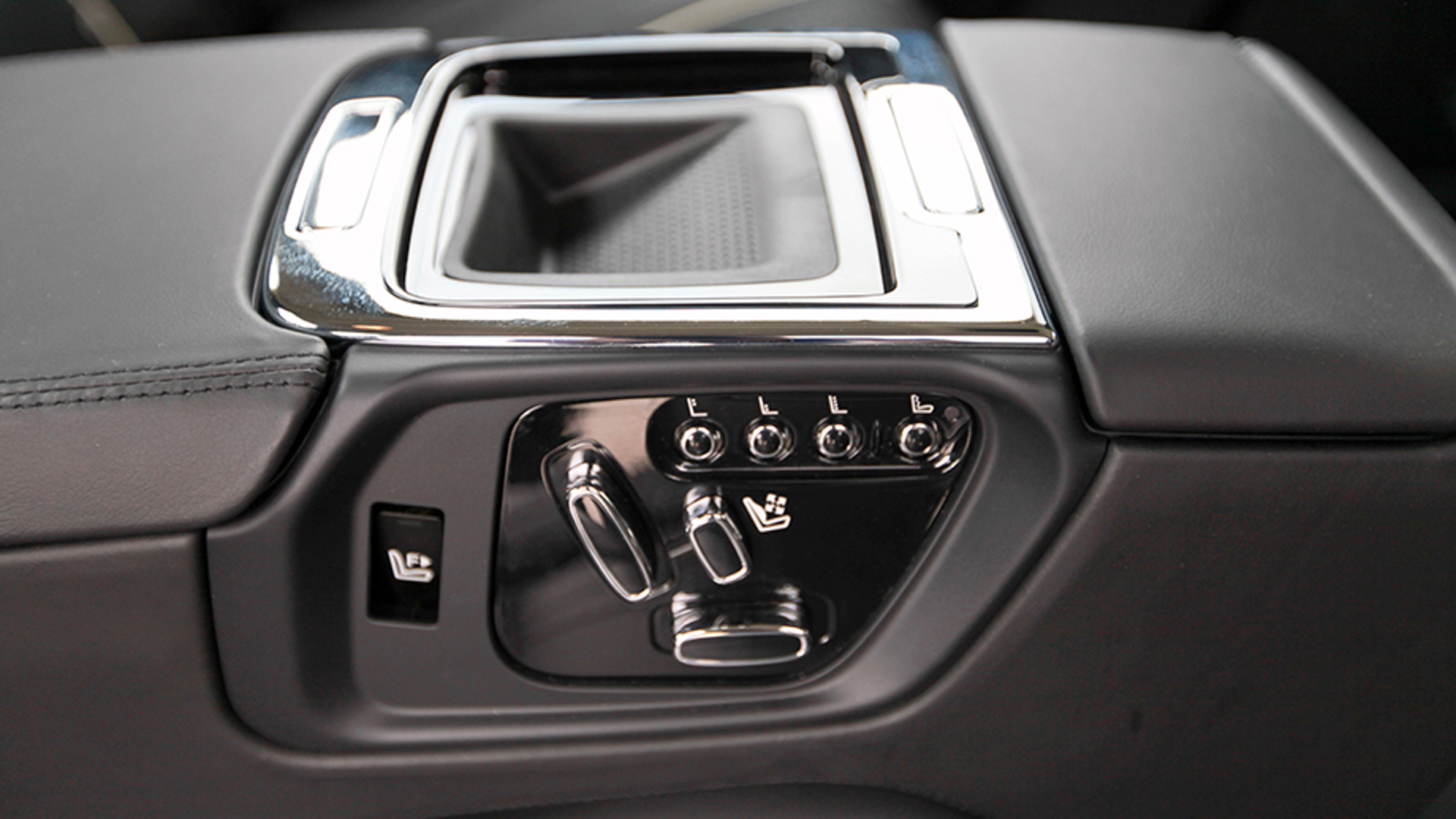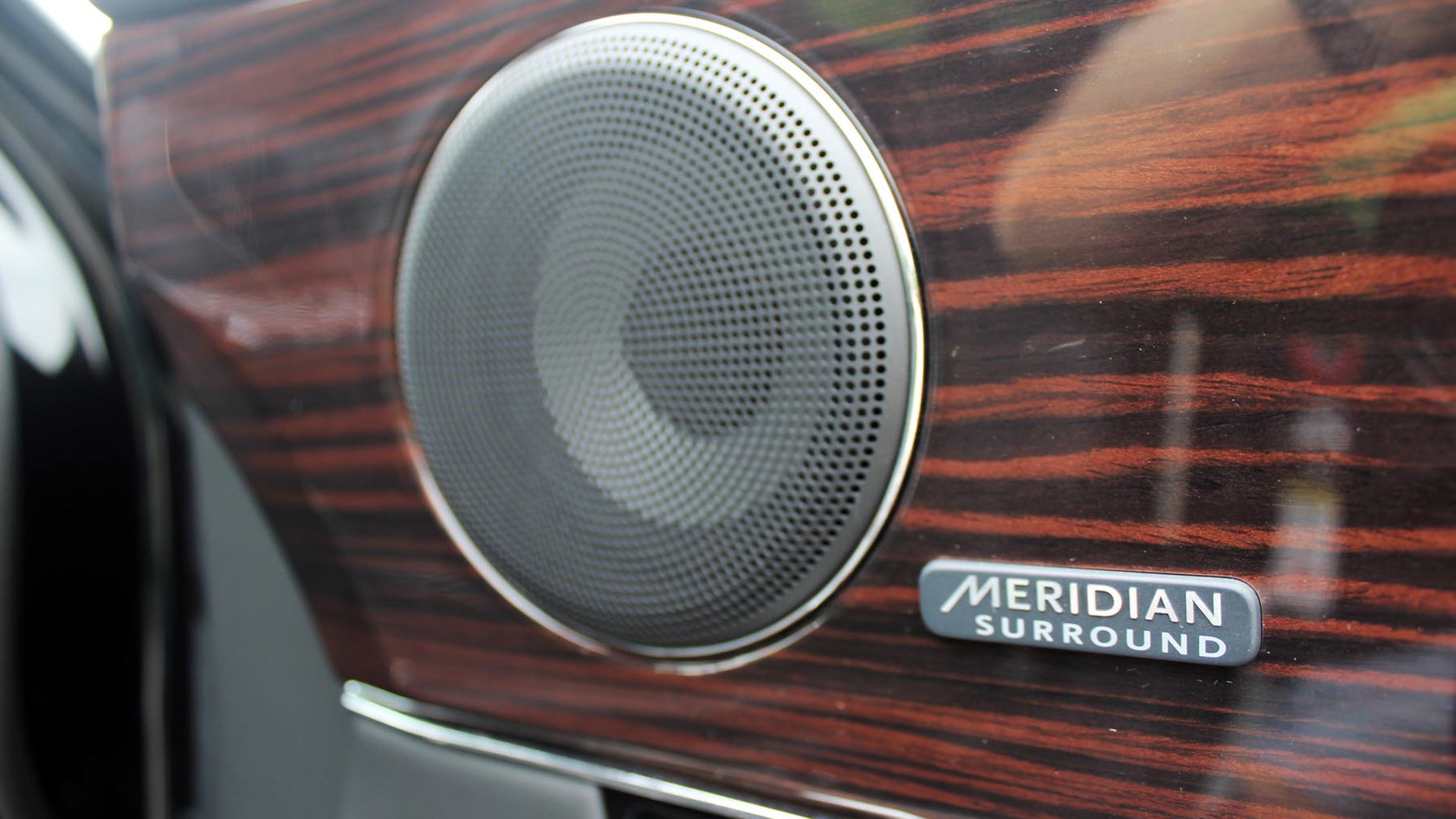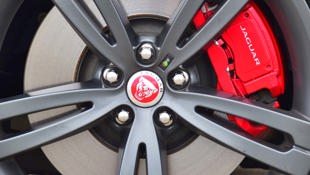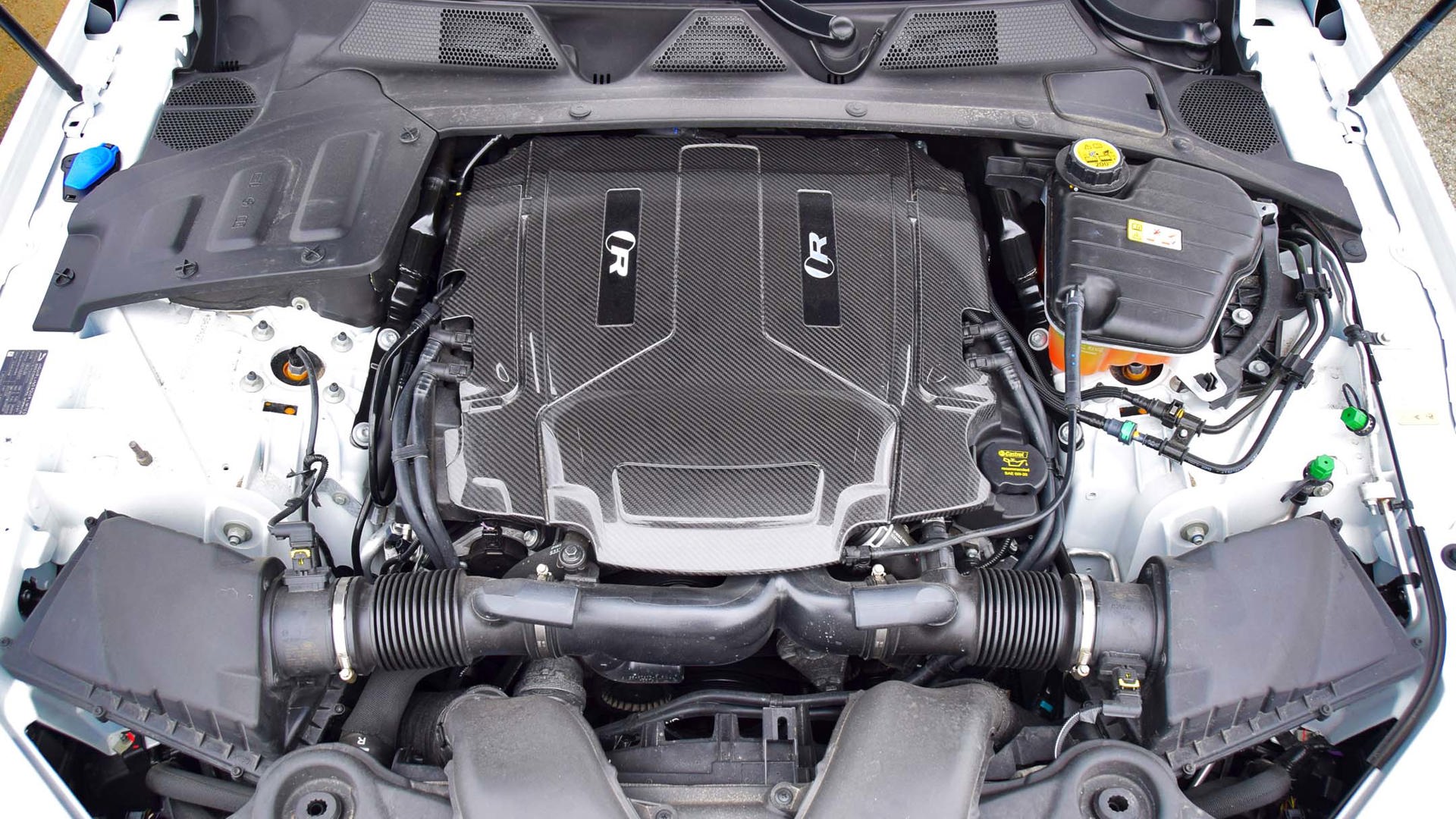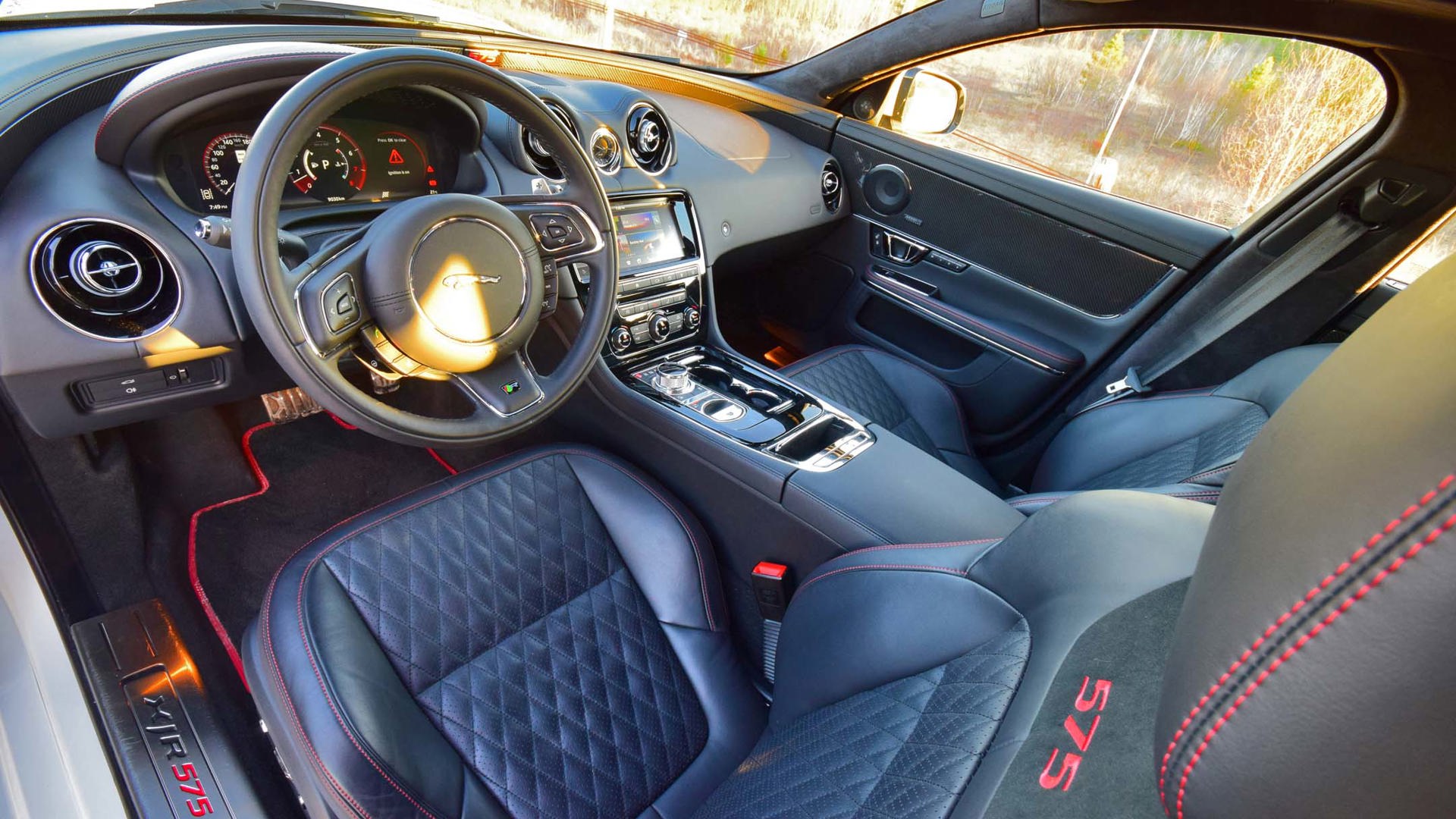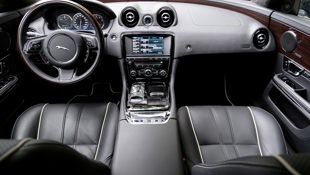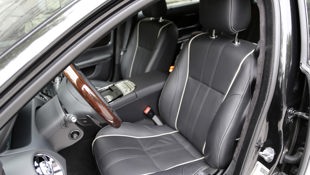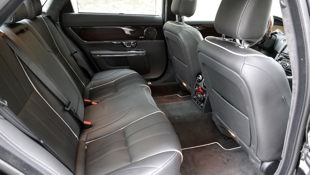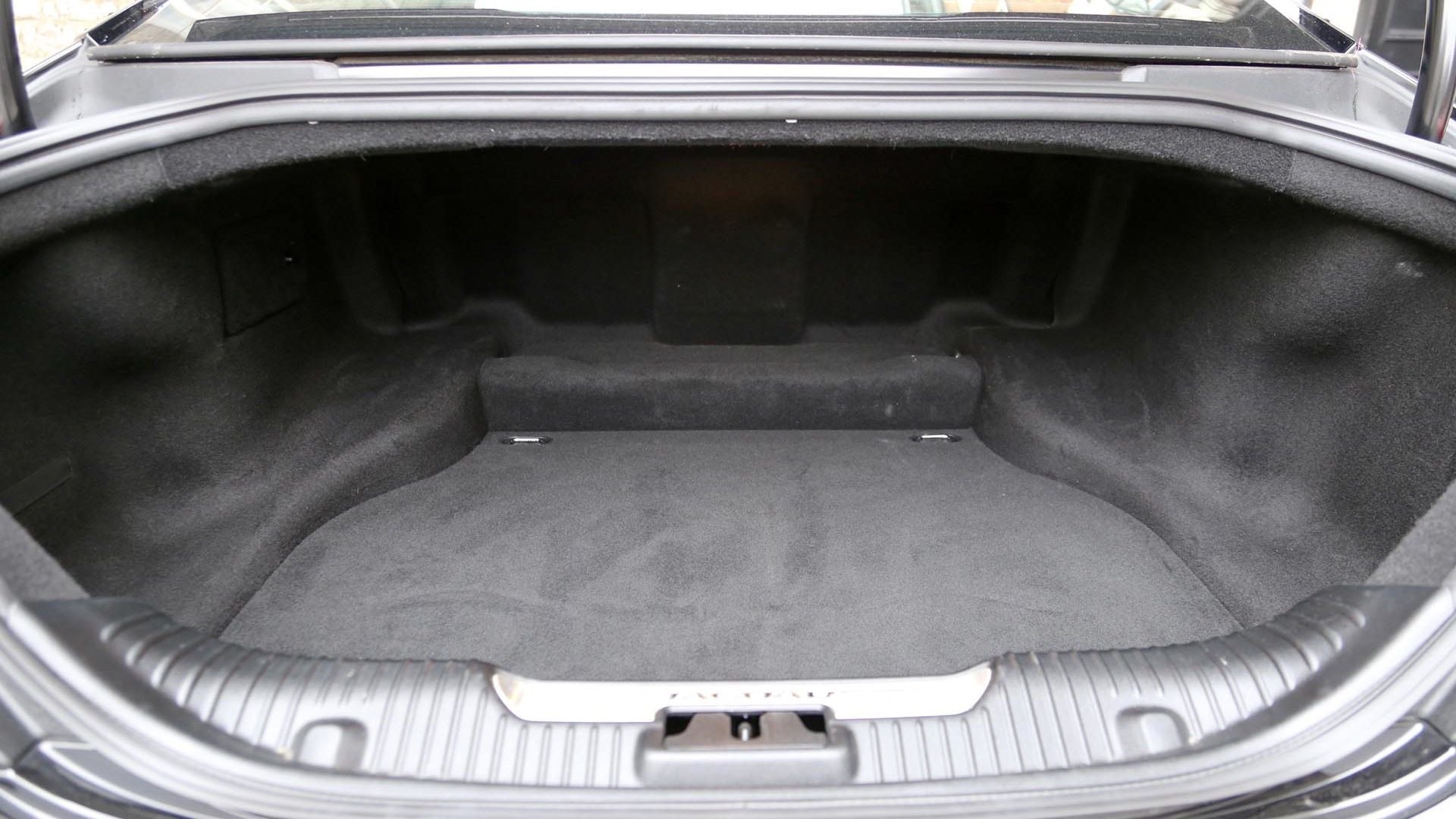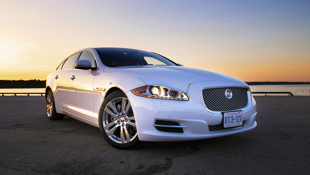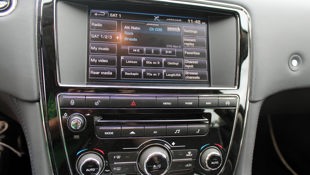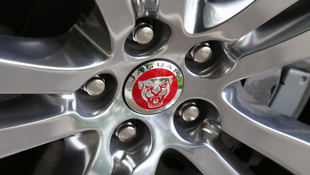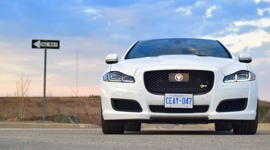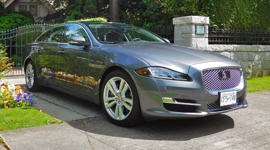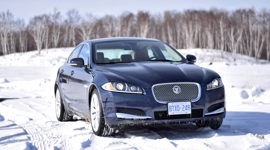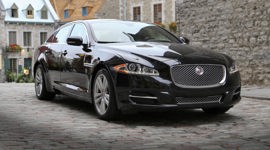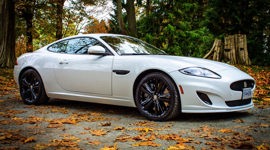Vehicle Type
Supercharged powerplant offerings, and a great sense of quality and attention to detail.
Luxury Sedan
History/Description
The currently available generation Jaguar XJ launched via a swanky, star-studded, live-streamed event back in 2009, just before hitting global markets for model-year 2010. This so-called “X351” generation of XJ was the latest take on Jaguar’s top sedan, and it remains on sale today, after numerous updates and revisions.
Bringing Jaguar’s presence into the flagship sedan scene, the XJ competed with the likes of the S-Class, 7 Series, A8, LS, and others. With a focus on classy looks, exquisite interiors, pleasing performance, and selection to spare; the XJ was available in numerous configurations to meet the tastes of any luxury enthusiast.
Look for standard- or extended-wheelbase models, rear- or all-wheel drive, and six- or eight-cylinder power, depending on the year. Standard models were called XJ, while extended-wheelbase models were called XJL. Some models packed supercharged power, designated by “Supercharged” in the name.
Higher-performing versions, which added targeted performance upgrades, were called XJR, and also came in standard- and extended-wheelbase versions.
Feature content was fitting of a world-class flagship sedan, including premium audio, fine leather interior trimmings, navigation, Bluetooth, climate-controlled seats, advanced safety and hazard-detection systems, premium rear seat quarters, and more. Finally, the Portfolio edition models bundled exclusive features and trimmings into a unique package targeting the luxury aficionado.
Engines
At launch, the XJ was available with a 5.0L, 385 hp, V8 engine, and rear-wheel drive. The XJ Supercharged added a blower, bumping output to 470 hp. The XJ Supersport ran an up-rated version of the supercharged engine, good for 510.
From 2013, a 3.0L supercharged V6 replaced the naturally aspirated 5.0L V8, with 340 hp. All-wheel drive (AWD) was added to the powertrain lineup and teamed up solely with the supercharged V6. All models got an automatic transmission.
From 2014, the XJR and XJR L models came online, bumping output to an available 550 hp by way of a retuned 5.0L supercharged V8. These high-performing XJ variants were designed to challenge the latest offerings from BMW’s M division and Mercedes-AMG. The standard driveline carried on with the 3.0L supercharged V6 and AWD.
What Owners Like
Jaguar XJ owners tend to rave about unique, luxurious interior appointments, graceful and unique styling, the performance and sound of the XJ’s largely supercharged powerplant offerings, and a great sense of quality and attention to detail. The premium stereo systems, comfortable seats, and a gorgeous blend of power and comfort were all highly rated. Ditto the all-season performance from AWD-equipped models.
What Owners Dislike
Some owners wish for a more comfortable ride on some models, and report (unsurprisingly) heavy fuel use on models with V8 power. Finally, depending on the model year in question, some may find some of the XJ’s interfaces and central command touchscreen system to look and feel dated, compared to competitors.
Here are some owner reviews.
Pro Tip
Which XJ is right for you? Our recommendation for shoppers not dead-set on a fire-breathing, tire-liquefying weapon is a model with AWD and the V6 engine. Lower fuel and insurance costs combined with standard AWD and a nicely rounded package make this one an ideal fit for the aspiring flagship shopper after an authentic taste of the motoring high-life that won’t break the bank. As an all-around package for the “average” luxury flagship shopper, an XJ 3.0 AWD is likely the way to go.
Test Drive To-Do List
Arrange a Dealer Pre-Purchase Inspection (PPI)
Buying a used XJ without a professional assessment from a Jaguar technician via a dealer PPI is strictly not advised, and this service is your number-one defence against buying someone else’s problems. Arrange a PPI by determining if the (private) seller will allow you to take the vehicle to the nearest dealer for an inspection, meet you there for it, or drop it off at the dealer for you.
Most used-car lots selling high-dollar cars like this will have staff bring the vehicle in to a nearby dealer for this inspection for you, if you ask. An inspection by a non-Jaguar technician is not ideal – you want this one to be checked out at a dealer before you buy.
You’ll likely have to schedule the PPI with the servicing dealer in advance, typically at a cost of about $200. Consider this mandatory for maximum peace of mind.
Heater and Cooling System
Based on owner discussions around the XJ and other Jaguar models using the same engine range, shoppers are advised to have a professional assessment of the cooling and heater system as part of a PPI. Various cooling system components, including coolant pumps, hoses, and associated gaskets are known to wear out and leak over time. Many owners pre-emptively change coolant hoses every few years to prevent leaks. Others don’t. Here’s some more reading, and some more.
If there’s a problem with the cooling system in the XJ you’re considering, you’ll likely notice a coolant puddle beneath the car, or see a warning message in the instrument cluster. Note that failure to pull over within seconds of noticing an Overheat warning message can cause catastrophic engine damage, and that some owners recommend having an updated water pump installed by a dealer as a pre-emptive measure. This job is said to be doable by backyard-mechanic types, if you’re so inclined.
Poor heater performance is another sign of a coolant leak and other problems, though this could be caused by a plugged heater core as well. A regular heater core flush, performed by a technician, is something many XJ owners do as part of pre-emptive maintenance, to prevent pricey problems down the line. Confirm that heat arrives when requested from all vents in all climate control zones. If not, the heater cores in the XJ you’re considering may need to be flushed (not too pricey) or replaced (very expensive).
Sunroof / Sunroof Rust
Pay attention to the XJ’s sunroof, noting that some owners have complained of squeaks and rattles, which may require some lubrication or adjustment to correct. Dealers should have access to a Technical Service Bulletin, or TSB, to help quickly address complaints about sunroof noise.
Further, based on information in this discussion, shoppers are advised to open the sunroof on any model they’re considering and inspect the inner metal surfaces, beneath where the glass roof panel sits, for signs of rust which could be excessive. Call any rust into your pricing negotiations, and as a pre-emptive measure, consider the application of an appropriate rust inhibitor to keep rust from forming, if it hasn’t begun already.
Check the Controls
Though not serious or widespread, some owners have reported issues with some of the switches and controls within their XJ’s, particularly centering around control buttons on the steering wheel or dash that feel “sticky” and may fail to respond, and power seat adjustments that are sporadic, or adjust the seats with a pulsing motion, not a smooth one.
Check all controls and buttons throughout the XJ, manipulating every function that runs on electricity, to confirm proper operation. Sticky buttons may be addressed with some removal and cleaning, and wonky power seat adjusters may require a repair or replacement of the circuit board that controls the power seat system. Check the back-up camera system several times on your test drive too, noting that any detected issues may require replacement of the camera itself.
Oil Changes
Based on several owner discussions, including this one, owners seem best to ensure they change the XJ’s engine oil before the specified intervals, using only the factory-recommended oil and filters outlined in the owner’s manual. Failure to use the proper viscosity or type of engine oil can cause problems. To prevent possible problems associated with overfilling and oil level sensors, oil changes are best performed by a dealer technician wherever possible.
Other Useful Checks
Know the Costs
Don’t stretch your budget. Understand that, as a luxury flagship, any version of the XJ will cost a premium when it’s time to service, maintain, or repair. Be aware of the cost of replacement tires, brakes, suspension parts, all required fluid changes, replacement lighting provisions and all insurance costs before you buy, to avoid nasty surprises. Especially on higher-performing models with V8 power, the fuel and insurance costs can be heavy – and you’ll want to understand them up front.
Avoid Modifications
As most used XJ models run a supercharged engine, there’s a chance that a past owner has applied non-factory software via a “chip” or “tune” to increase engine power via electronic modifications that increase output pressure from the supercharger. This is fun, but it could blow your engine to pieces and will void any remaining powertrain warranty, even if the offending software or modifications are removed before a warranty-related visit to the dealer. Buying a used XJ that’s ever been subjected to non-factory software is strictly not advised for the average shopper.
Treat that Leather
Nobody does leather interiors like Jaguar – and if you’re planning to keep the XJ you’re considering for any amount of time, budgeting for some professional leather care is a great idea. A professional steam-cleaning and treatment can go a long way to increasing the long-term beauty and durability of the leather. Frequent vacuuming of the stitching and seat seams can prevent abrasion that leads to wear, and parking the car out of direct sunlight, or covering it where feasible, can work with professional leather care to keep your XJ’s interior looking tip-top for years.
Check the Doors
Though complaints are relatively rare, test drivers are advised to check all of the XJ’s doors, inside and out, confirming proper operation of all door locks, interior and exterior handles, window switches, and power lock buttons. Check that the remote keyfobs work to lock and unlock all doors, every time, too. If not, the vehicle will likely need professional attention.
Trickle Charge It
A healthy battery is key to a happy Jaguar XJ that’s free of random niggling electronic problems, and can help prevent surprise no-start situations, too. Apparently, the Jaguar XJ is hard on its battery, even when parked and turned off. Based on discussions here and here, owners are advised to use a battery trickle charger at all times when the vehicle will be parked for more than a few days, even more so if the vehicle is primarily used for infrequent, shorter drives. Note that running the latest available dealer-installed software in all systems can help fend off excessive battery drain, too.
Recalls
Here’s a list of recalls. Make sure all outstanding work has been carried out by checking with a dealer.
The Verdict
With confirmation that the cooling system, heater system, and battery in the used XJ you’re considering are all healthy, you’re well on your way to enjoying a flagship sedan loved around the globe for its styling, performance, and exclusivity.
Crash Test Ratings
N/A
